|
American Wigeons coming in for a landing, Sweetwater Wetlands, November 2018. Fall in Tucson is an exciting time for birding. Migrants heading south stop by for a few hours or a few days, and others arrive for the whole winter. The days are cooling off and the Cottonwoods turn color, making fall birding a pleasure, with or without birds. For our fall birds 2018, let's start with the American Wigeon. American WigeonAmerican Wigeon's are medium sized compact ducks with short bills and round heads. Their range extends throughout North America, from Alaska to Nova Scotia, south throughout the lower 48, into Mexico and Central America, including Cuba. They breed in Canada and the northern U.S. (Montana, Idaho, Wyoming and the Dakotas) and winter south as far as Central America, including Arizona. They are dabbling ducks, staying on the surface as they plunge their heads and turn their tails straight up nibbling on aquatic plants. They also eat ground greens on fields and lawns. During breeding season in the north, the females will nest on the ground among tall grasses or small shrubs. The image above was captured at Agua Caliente on November 15, 2018. The image below, from my library, was captured on New Year's Day, 2018 at Fort Lowell Park. The males pictured here have a short pale bill with a green streak behind the eye and a white stripe down the head. For more on field marks and identification, see the Cornell website. At Sweetwater Wetlands on November 21st, the weekly gaggle of North American Birders led by Luke Safford had front row seats for a flock of hundreds of American Wigeons in the air. The two images below show the birds heading north. We can see the markings on the heads, wings and undersides. All images caught at 1/800th second, although a faster speed in the 1/1500 to 1/2000 would have been even better. Canon 7D Mark II, 100-400 mm Mk II lens, without an extender. Below, images of a large flock that rapidly descended upon the wetlands. We were at the west end of the park, looking east toward the Catalinas. How many birds in the image below? Well, I printed it out and counted them (yup, I can be pretty compulsive). My count came to 130, although some are packed tighter than birders in a van, and difficult to count. This is just one frame, and my estimate is that there were 500 to 1000 birds in the flock (although we all know that estimating crowd size is difficult! ) Below, they are coming in for a landing, wings flared, flaps and landing gear down. The background is the Catalina range and fall foliage at the wetlands. Below a close up of the image above showing more detail. As one would expect, there are males and females in the flock. Ahhh, in from the wings comes a Peregrine Falcon . . .Just as the mass of American Wigeons landed, who did we spot coming in from the left, but a Peregrine Falcon, undoubtedly on the hunt. Photographing a single bird in flight a is tough, but I did get this shot, above, as he circled around and headed northwest. Peregrine Falcons were almost eliminated by DDT in the middle 20th Century but made a remarkable comeback after the pesticide was banned. They now range throughout North America, breeding as far north as Canada and Alaska, with a year round presence in coastal California, as well as Utah, Colorado, New Mexico and Arizona. They are known for diving toward their prey from great heights, reaching speeds of 200 mph. One or more Peregrines can be seen regularly sitting on the high power structures in the Santa Cruz River just west of Sweetwater Wetlands. In this case, he came in over the wetlands, perhaps pursuing the flock of Wigeons. Below, three images of a Peregrine Falcon captured at Sweetwater Wetlands in September of 2017. We can see the characteristic dark head with black sideburns. The vertical dark bars on the breast points to this being a juvenile. American CootThe American Coot is described by the Cornell Lab of Ornithology web site as "a plump, chicken like bird with a rounded head and a sloping bill. Their tiny tail, short wings, and large feet are visible on the rare occasions they take flight." Coots are common at Agua Caliente as well as Sweetwater Wetlands, often described as "chickens of the water." They are not ducks, being more closely related to Sandhill Cranes and Rails. They bob their heads back and forth as they swim, similar to Pigeons when they walk. The Coot above captured at Agua Caliente on the 15th has not mastered walking on water (oh, he wishes he was so powerful - something even the raptors cannot do!), rather he is standing on a floating log. Unlike ducks, they do not have webbed feet, rather they have lobed toes, as we can just barely see in the image below. For a better view of the toes, look at the third image captured at Reid Park in February of 2017. Yes, he has two legs, but chose to stand on only one for this photo shoot. Lobed toes allow them to swim as well as to stand and walk on the ground. Unlike the Pied-billed Grebe another water bird with lobed toes, the Coots legs are more centrally located, making balance on land easier. American Coot at Reid Park, February 2017. Red-naped SapsuckerRed-naped Sapsuckers are woodpeckers with a big sugar habit, driving holes in sap producing trees to get their daily calories. They live in the Rocky Mountains and to the west, breeding from northern Arizona to Canada and wintering in southern California to western Texas and south into Mexico. Their southern migration begins in August, with return tickets written for March. During the winter they are common visitors at Sweetwater Wetlands and Agua Caliente. They sport a red throat and red crown, with the females having a small white chin patch, which I think is evident in the image above and the second image below. They are difficult to photograph. This bird was in a tree right by the pond at Agua Caliente on November 15th. I was able to get close to the bird, but in minimal light with a mass of foliage between me the subject. The result was images with deep shadows, a ISO above 1000, and many images with twigs or leaves in the way. Here is the best of the crop with all the post-production tricks that Lightroom offers! Below, light hits the bill, face and eye. They grasp the tree truck with large feet and support themselves with their tail. Below, the bird has worked her way around to another side of the trunk. The feet are evident, along with all the twigs and branches of the tree that provide cover for this bird. The two images below show how well camouflaged the Red-naped Sapsucker is. The back of the bird is almost a copy of the tree bark. All birds, with rare exceptions, spend their off-breeding days eating while avoiding being eaten. Phainopepla in the Wind . . . .Phainopepla are crested silky-flycatchers (Order Passeriformes, family Ptilogonatidae) residents of the desert southwest and woodlands. They summer presumably at higher elevations, and come back to the sonoran desert in the late fall. They have arrived at Agua Caliente, and above we see a male hanging on to a branch on the 15th, a windy day at the park. Below he is leaning into the wind. Below, the bird's crest is bent by the wind. Reminds me of trying to walk in downtown chicago. Below, two images of female Phainopepla from Agua Caliente 2 years ago, November 2016. Females are dark gray with white edging on the wing feathers and the characteristic red eye. Ruby-crowned KingletRuby-crowned Kinglets are small energetic birds, olive green with a small bill and tail, a white eye-ring, and white wing bars. Their range is throughout North America and Mexico, breeding in the northern U.S. and Canada, wintering south including Arizona. Some birds stay year round in Arizona and Nevada, flying to higher elevations during the summer for breeding. They forage frantically in scrubs and trees, making them hard to spot and very difficult to photograph. The bird pictured here was at Agua Caliente on the 15th, these are the best of a host of images I captured. The ruby crown is seen on the male, and often is not evident, except in spring when the bird is singing for a mate. For identification in the field, one should depend more on size, shape, behavior and the eye ring, rather than the red crown. Below I have included two images taken near Sunny Flats in Cave Creek Canyon, Portal Arizona, in January of 2016. This is a male captured at some distance with a Sigma 150-600 lens, with considerable post production cropping to get this image. Although the detail is not great, we can clearly see the ruby crown. Northern MockingbirdLet's shift west to Sweetwater Wetlands, where we saw the American Wigeons in flight earlier, and on the same day spotted this Northern Mockingbird sitting on a wire. Northern Mockingbirds live year round in the U.S. and Mexico, breeding in the northern U.S. but not up into the upper midwest, northern mountain states or Canada. They are known for there almost endless singing, carrying a repertoire of as many as 200 songs over a lifetime, imitating other birds and wildlife including frogs. They are medium sized with white wing bars and a long tail. This bird appears to be resting between songs.
|
AuthorHenry Johnson, photographer and author of this site. For more detail, see About
Categories
All
Archives
April 2024
|
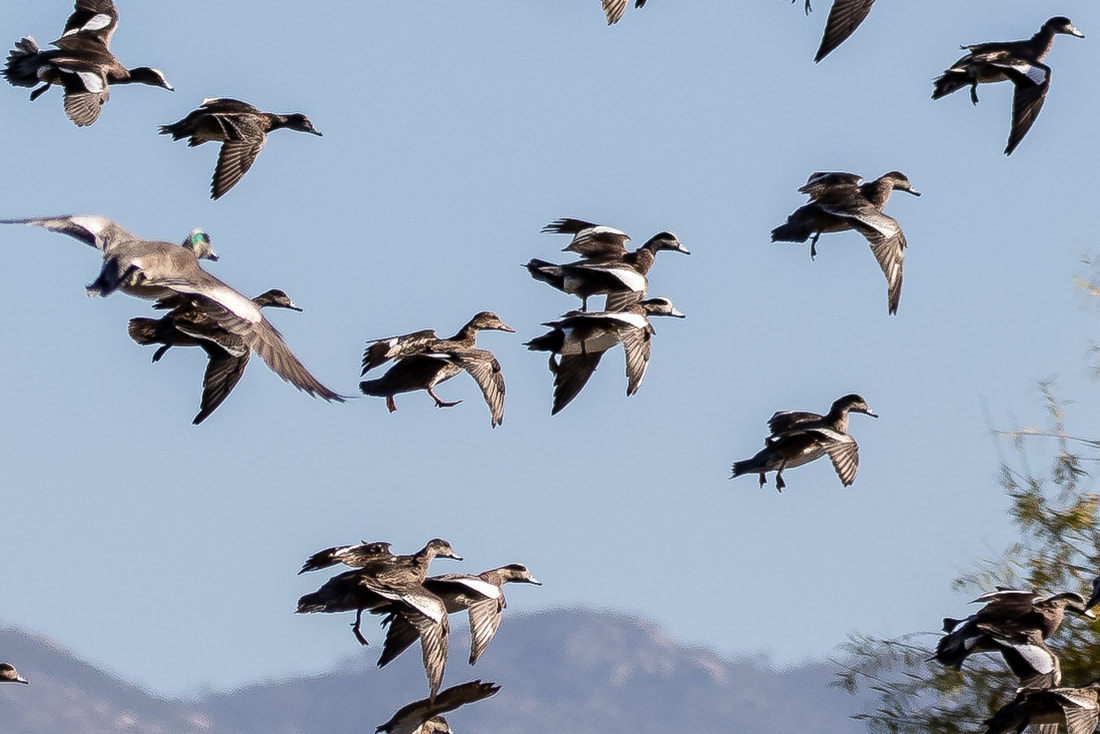
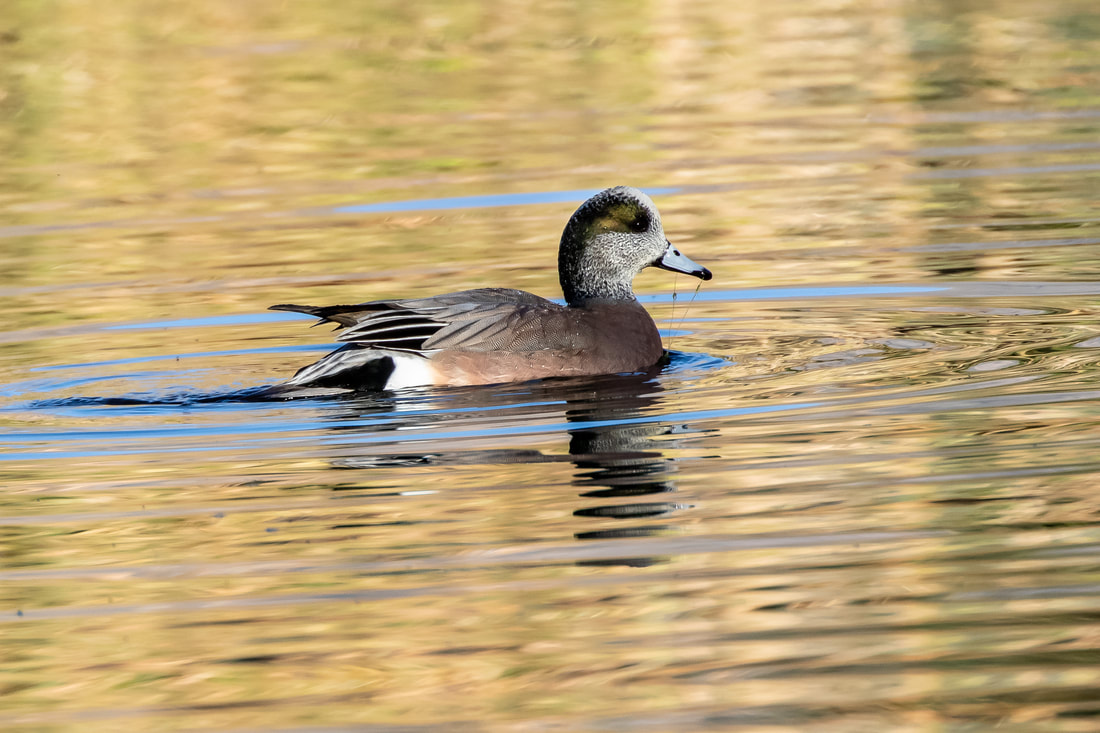
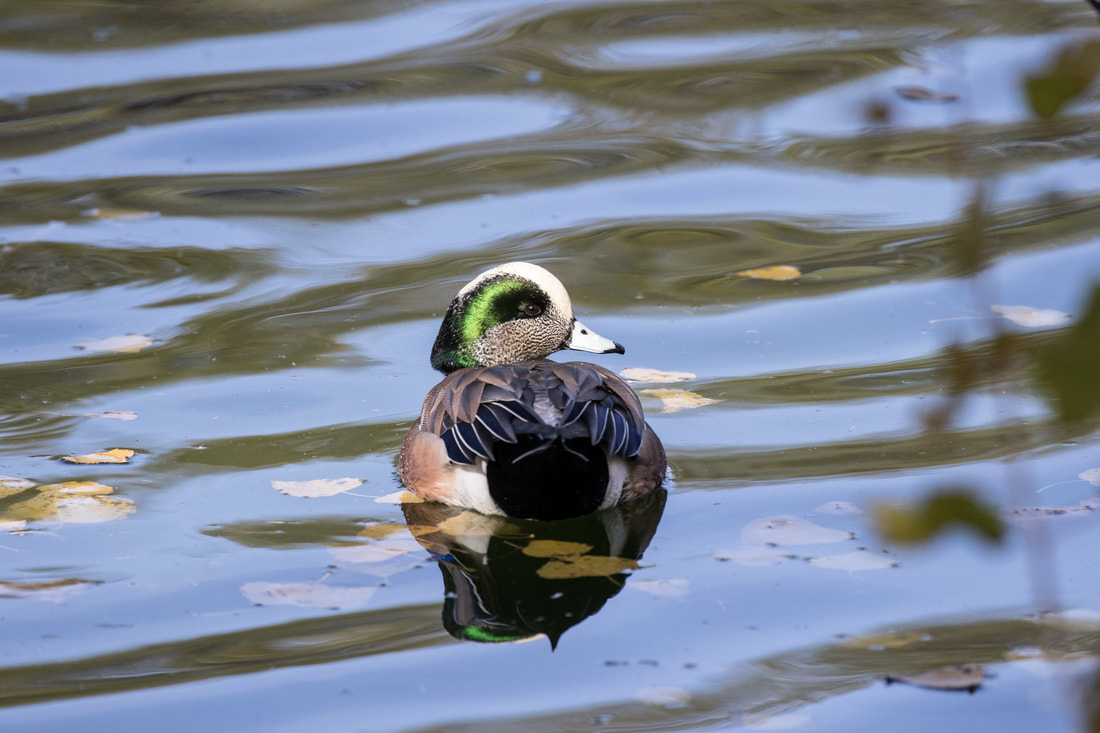
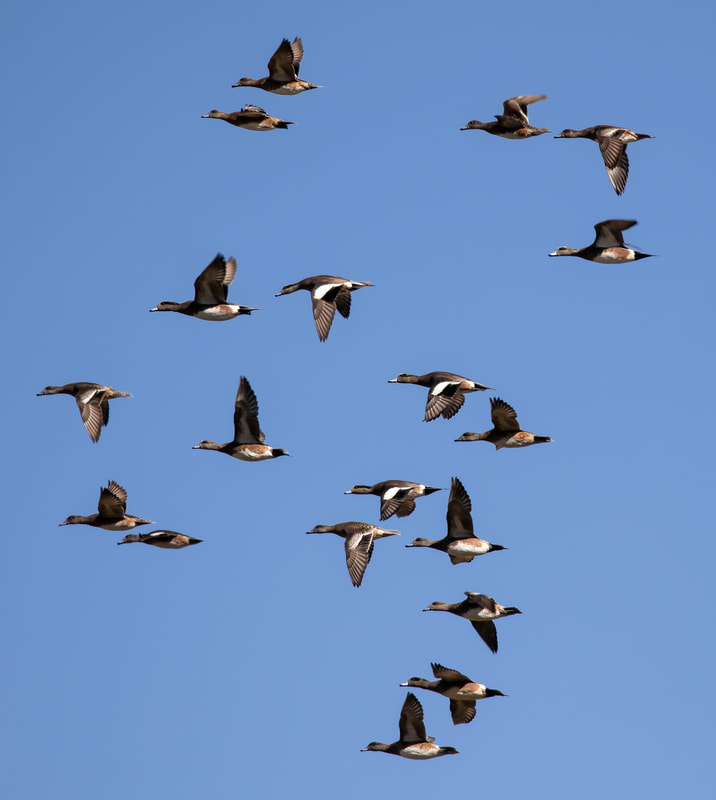
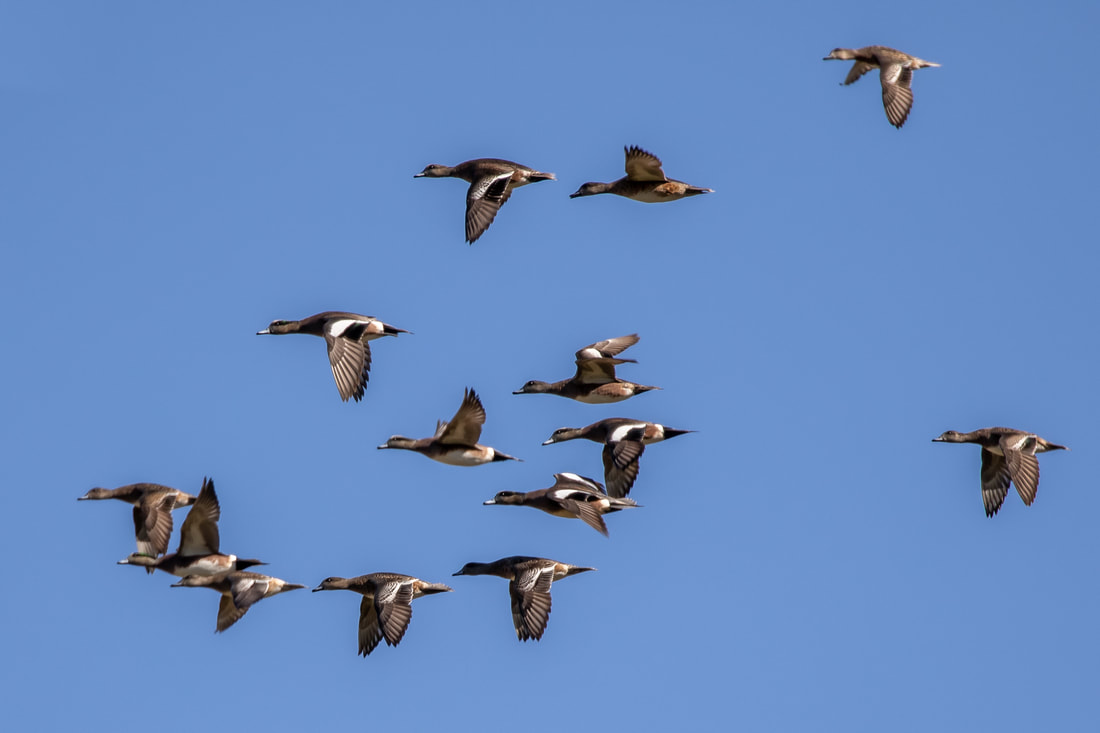
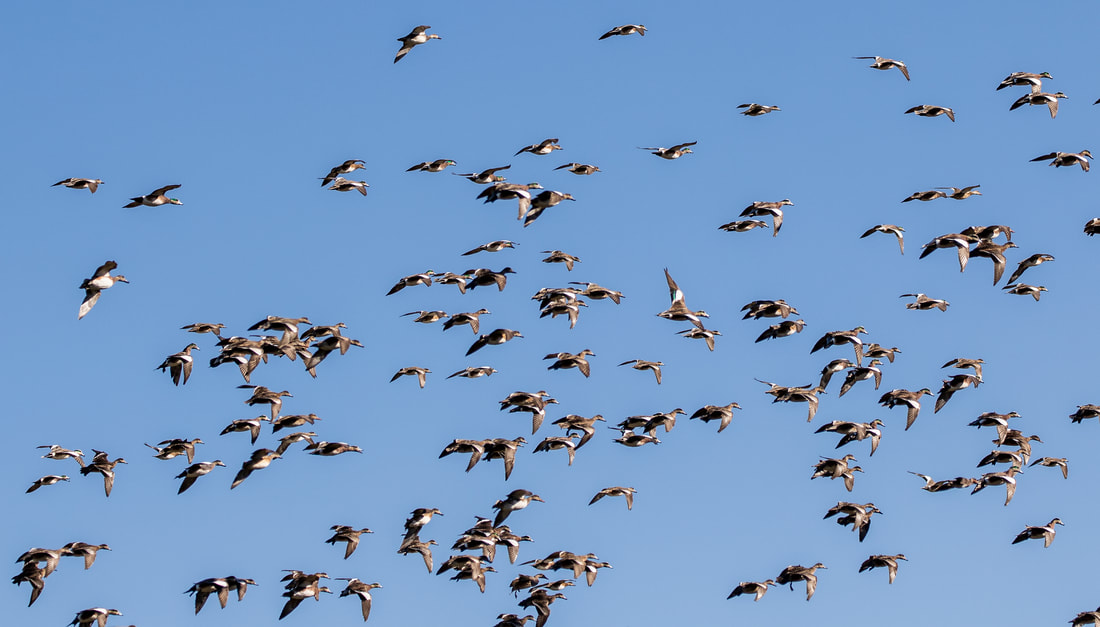
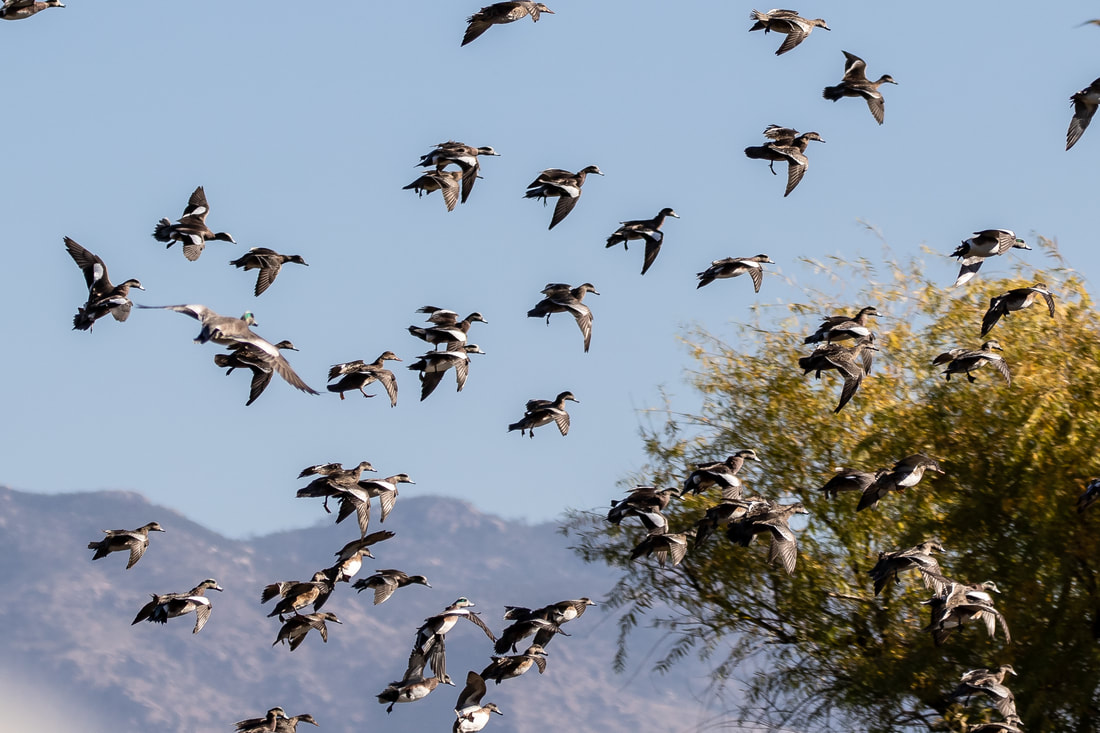
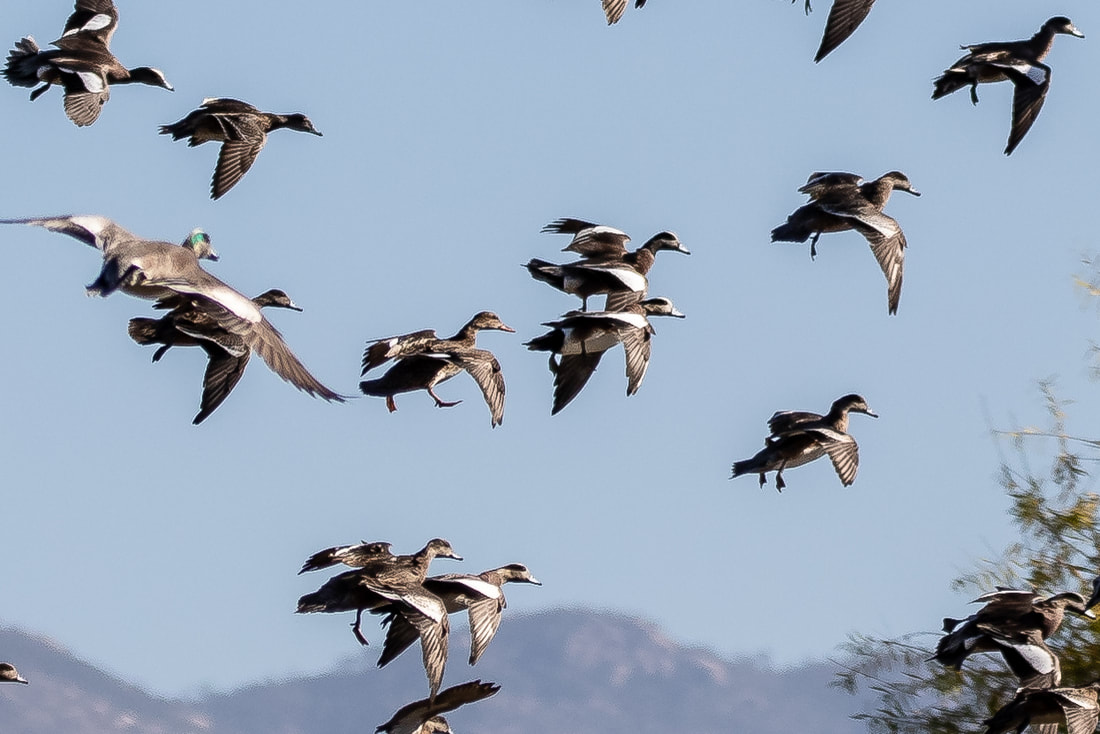
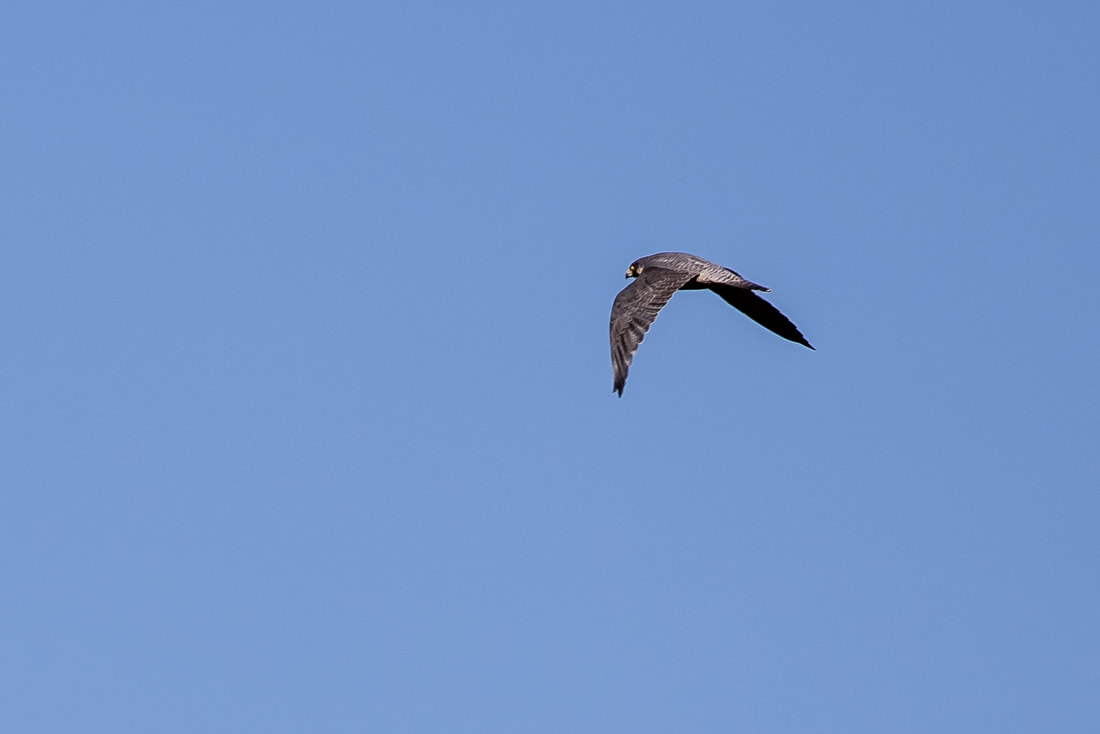
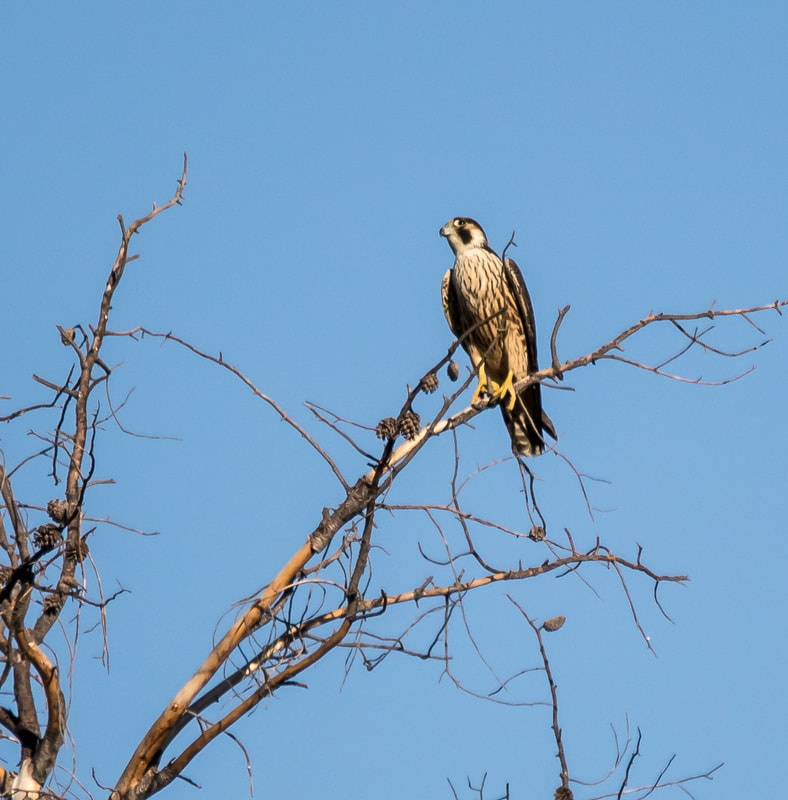
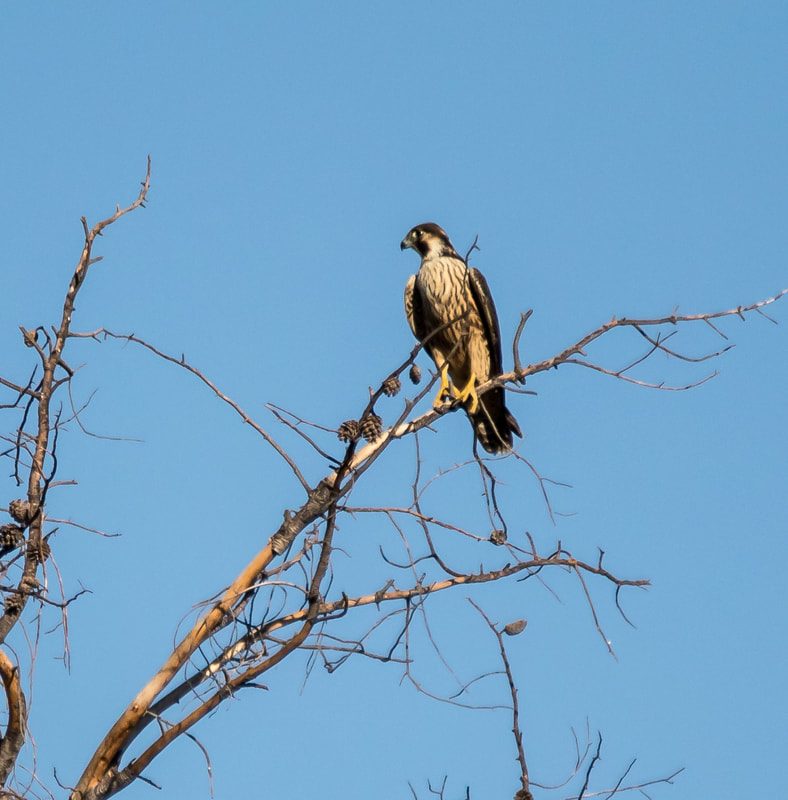
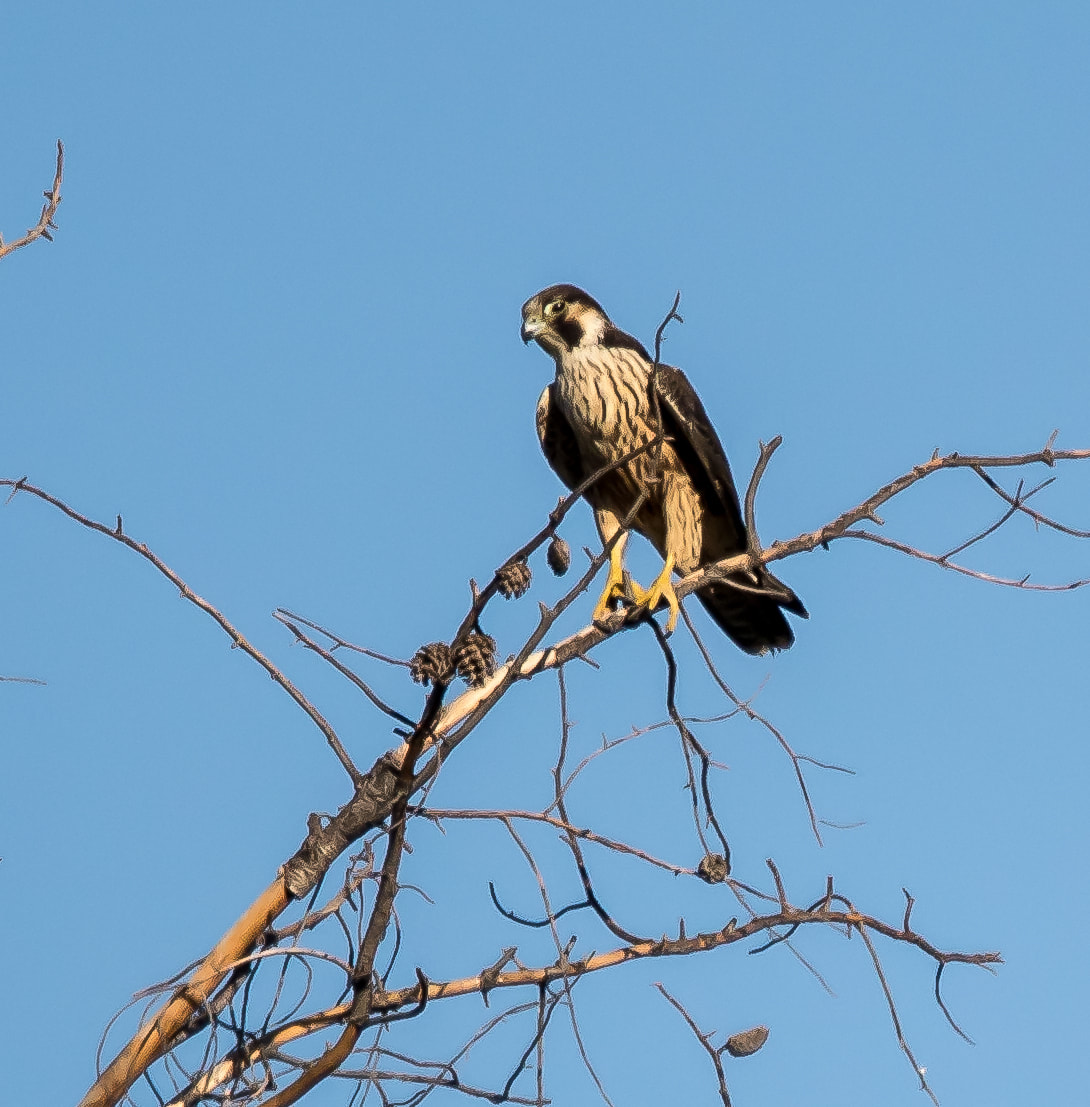
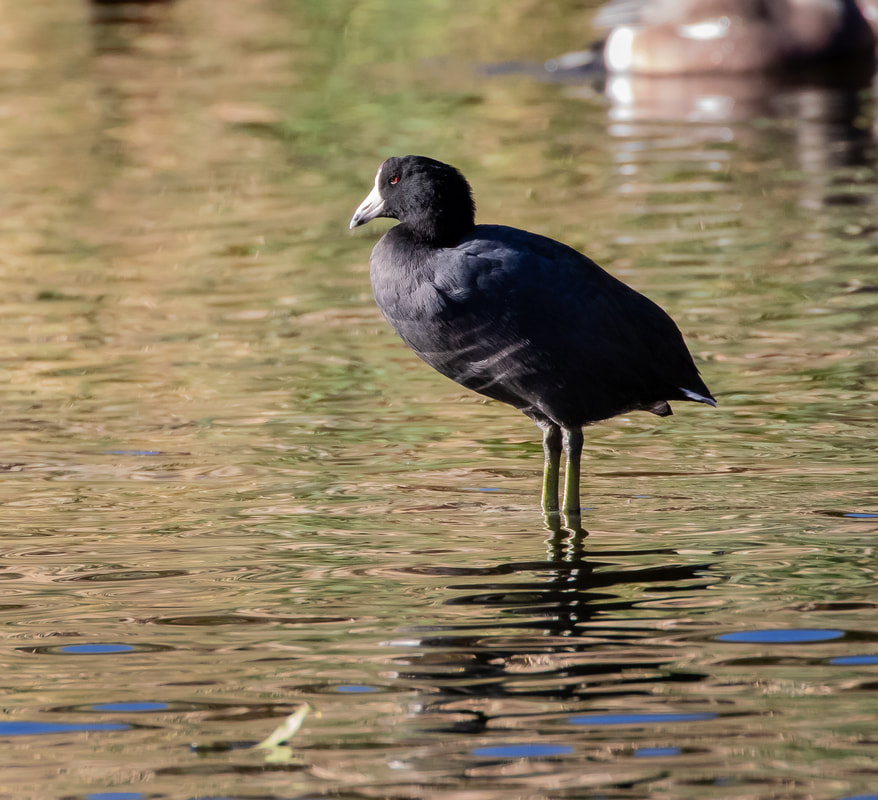
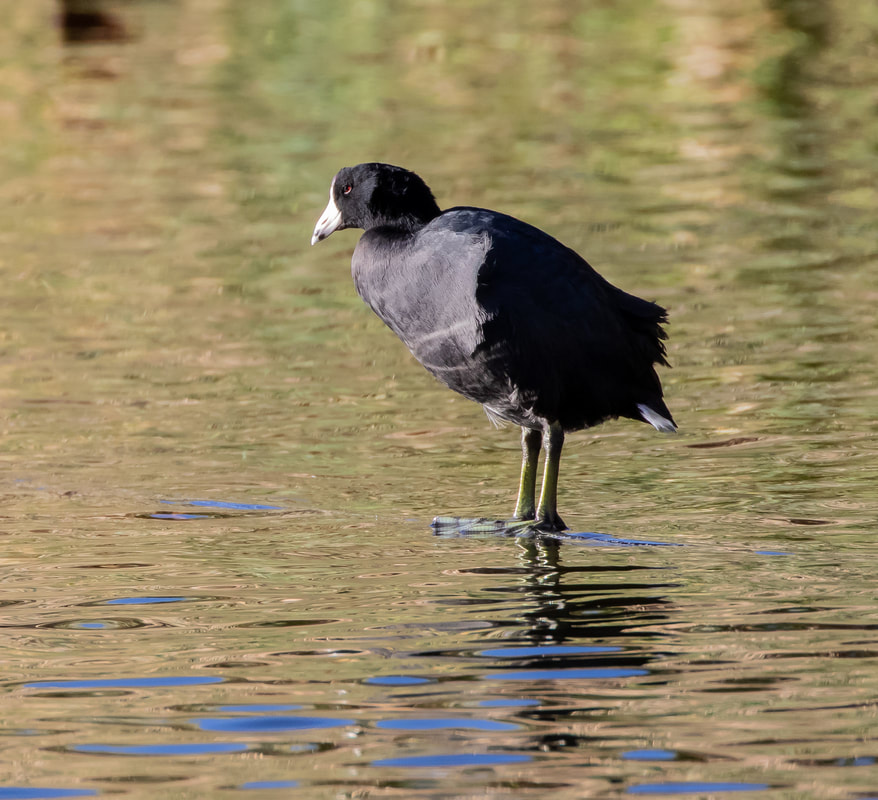
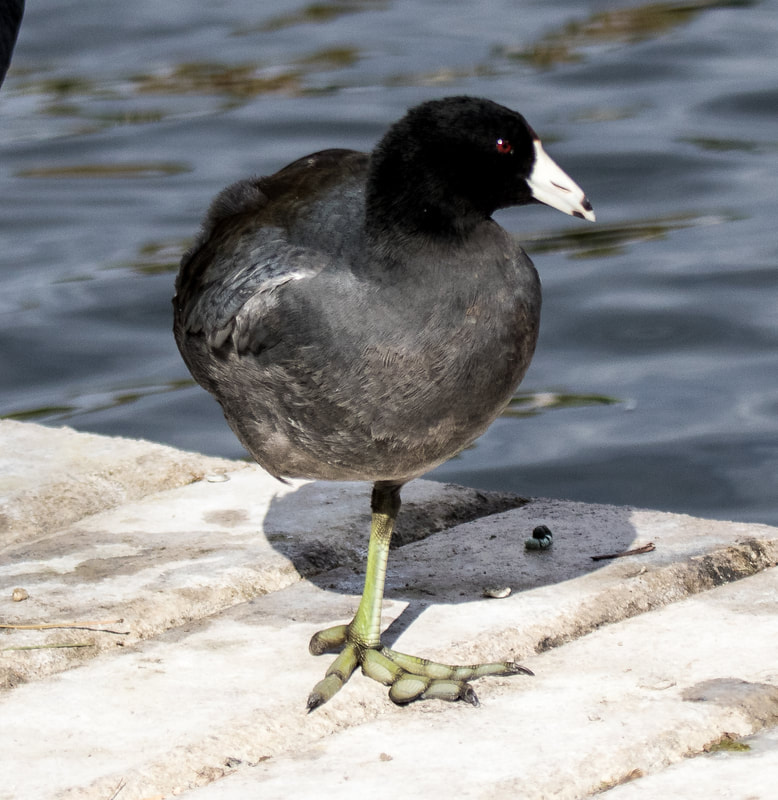
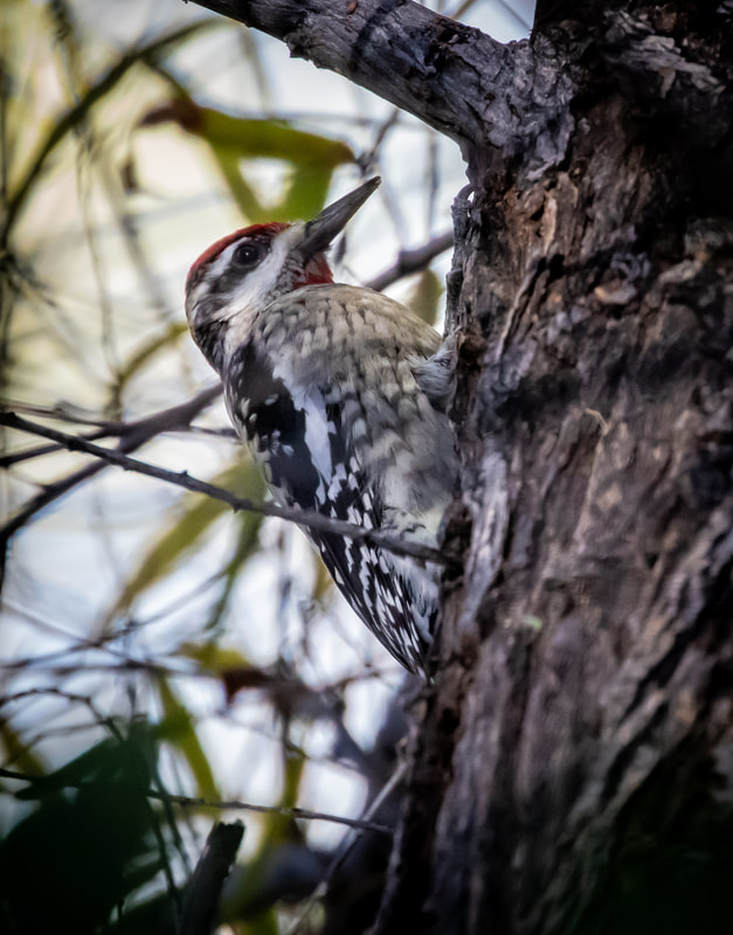
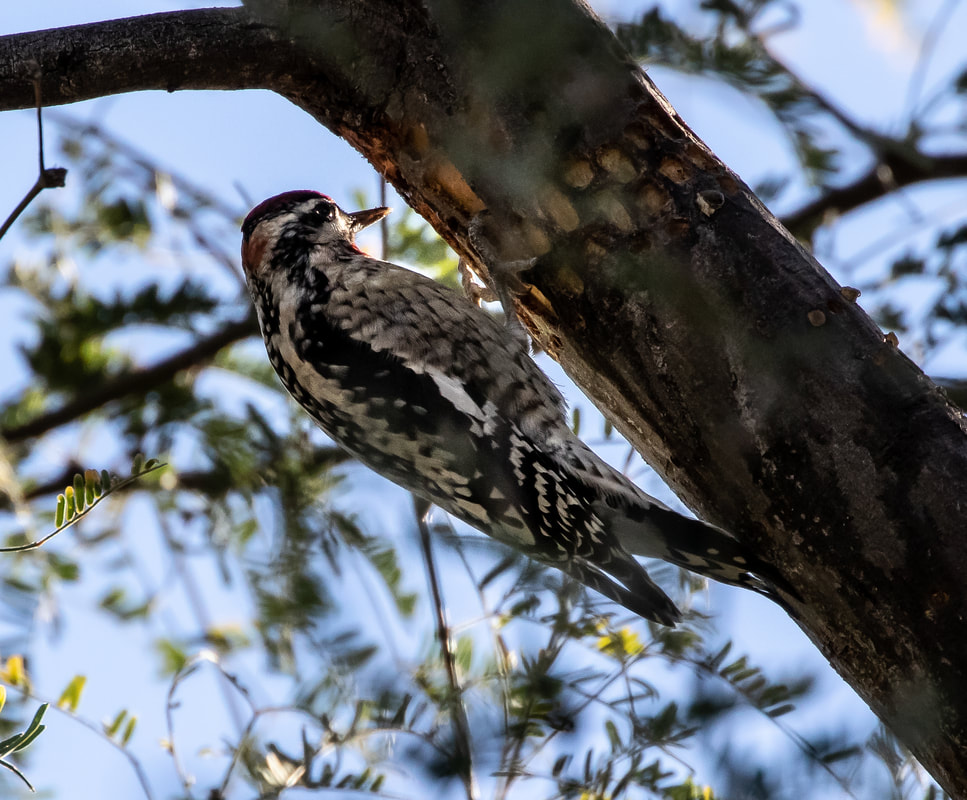
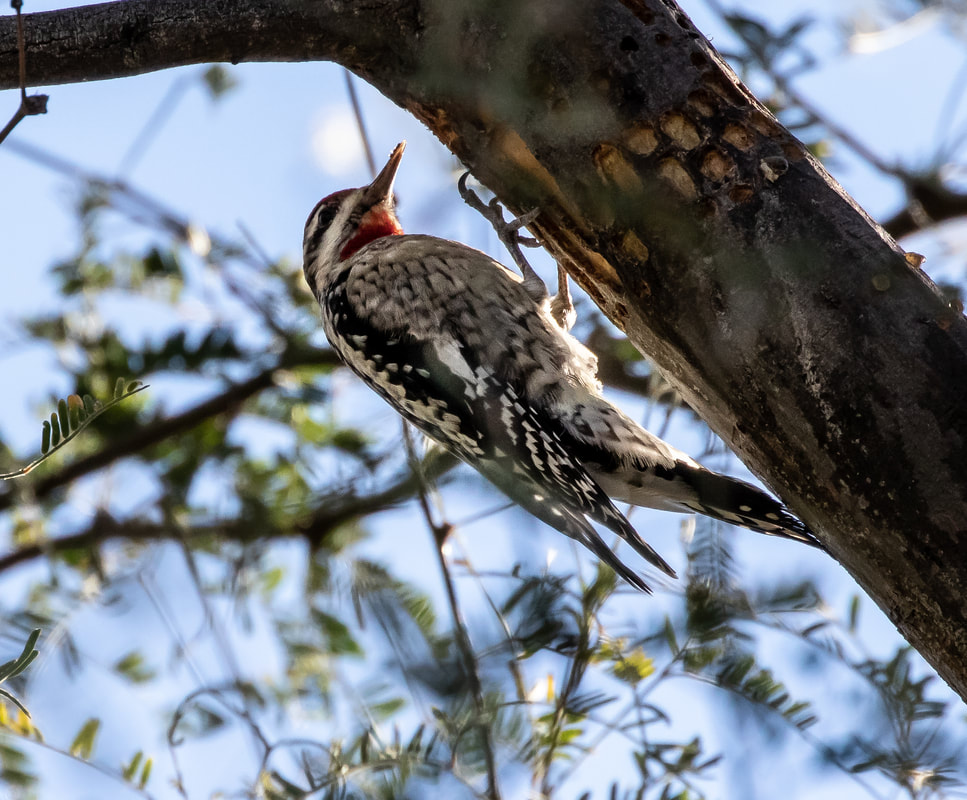
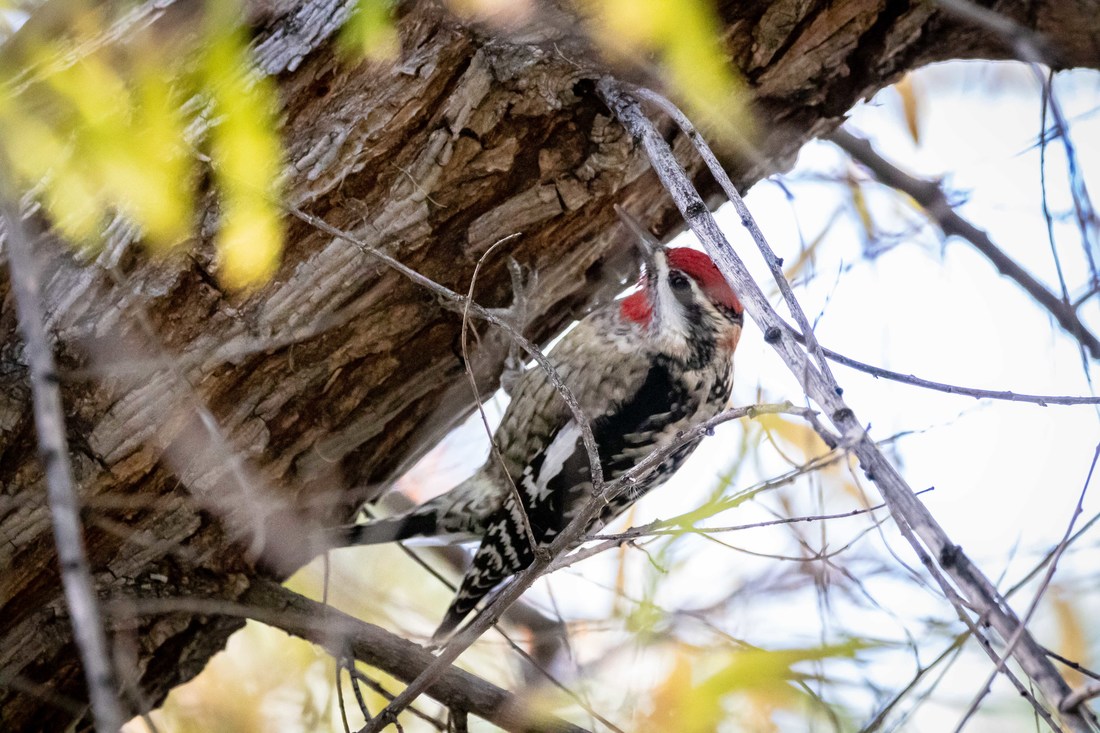
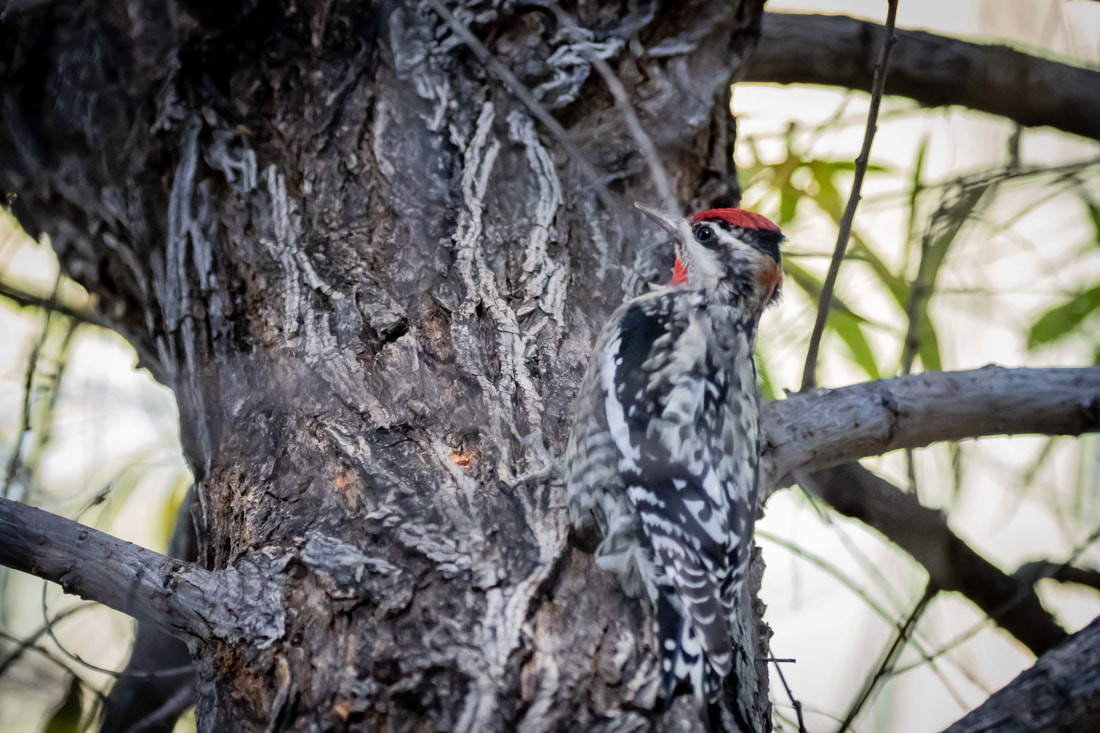
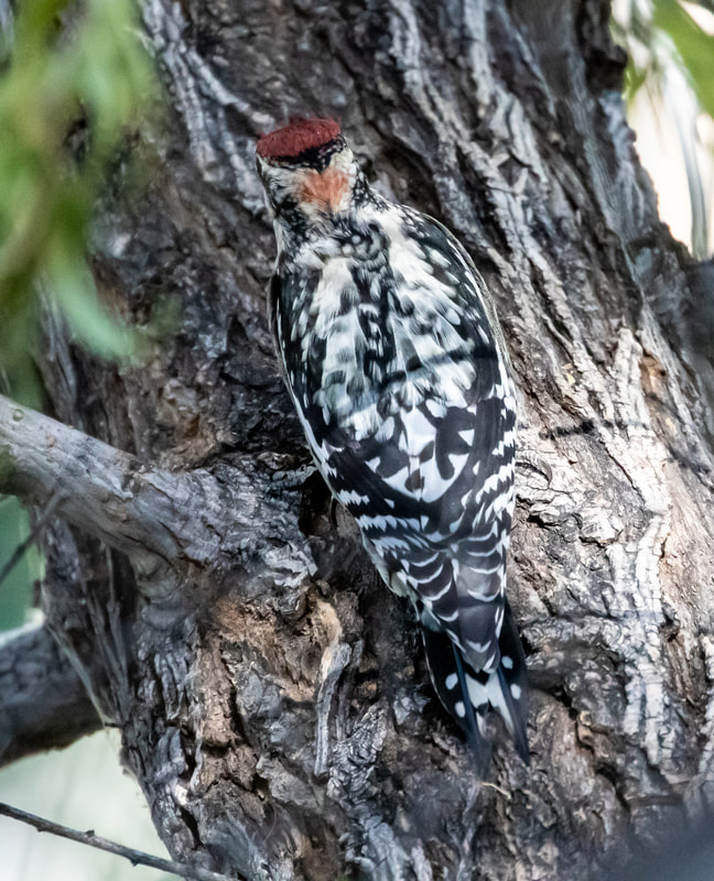
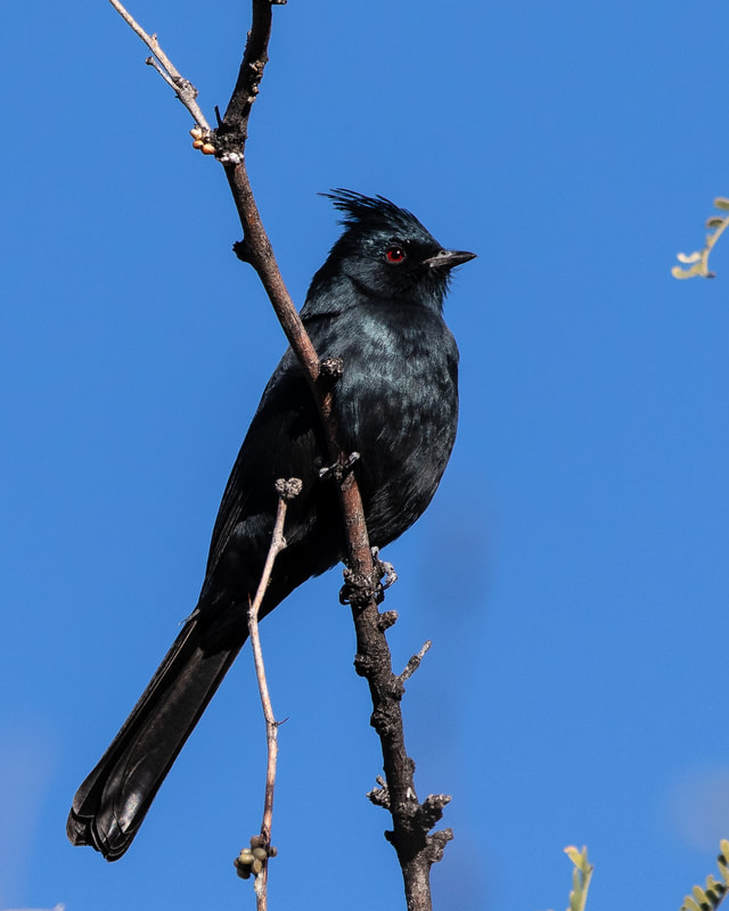
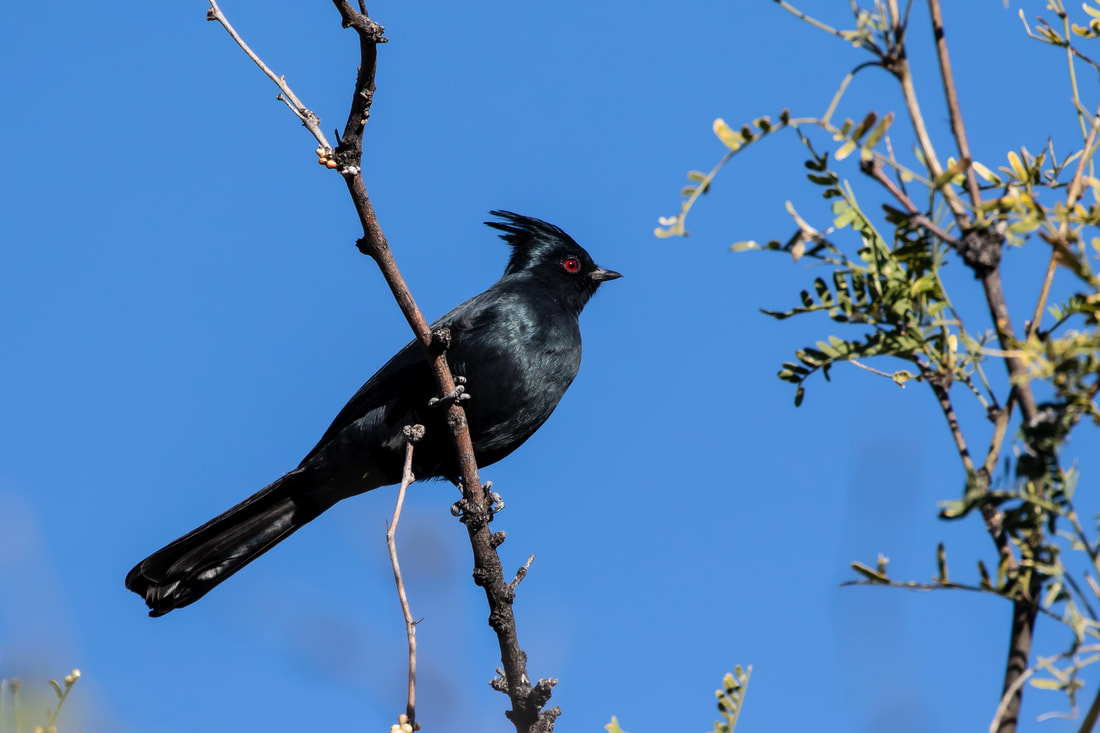
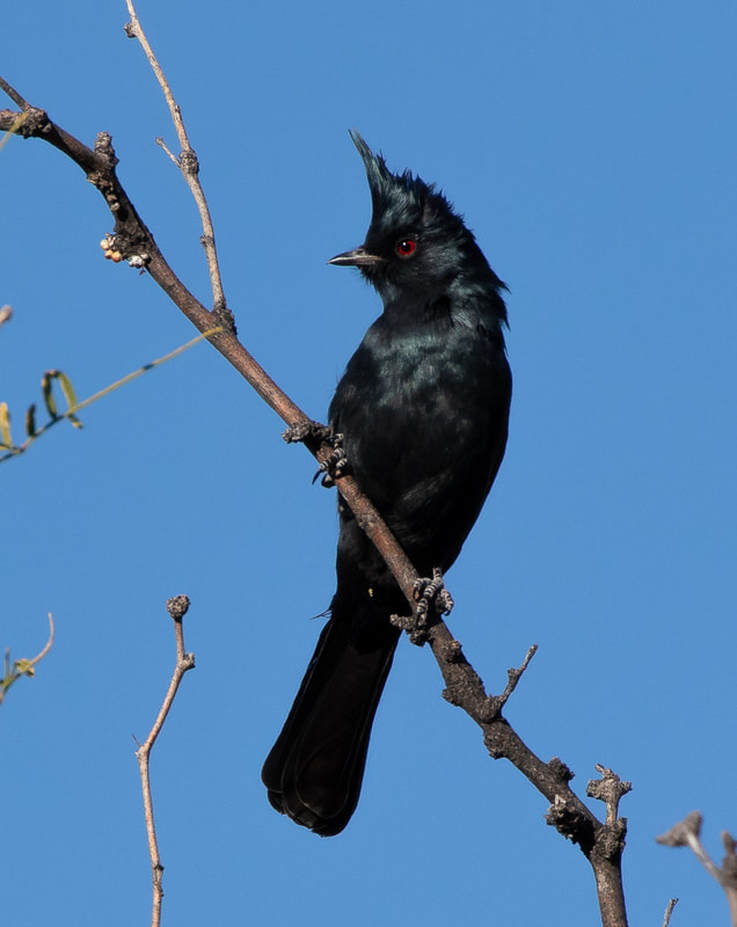
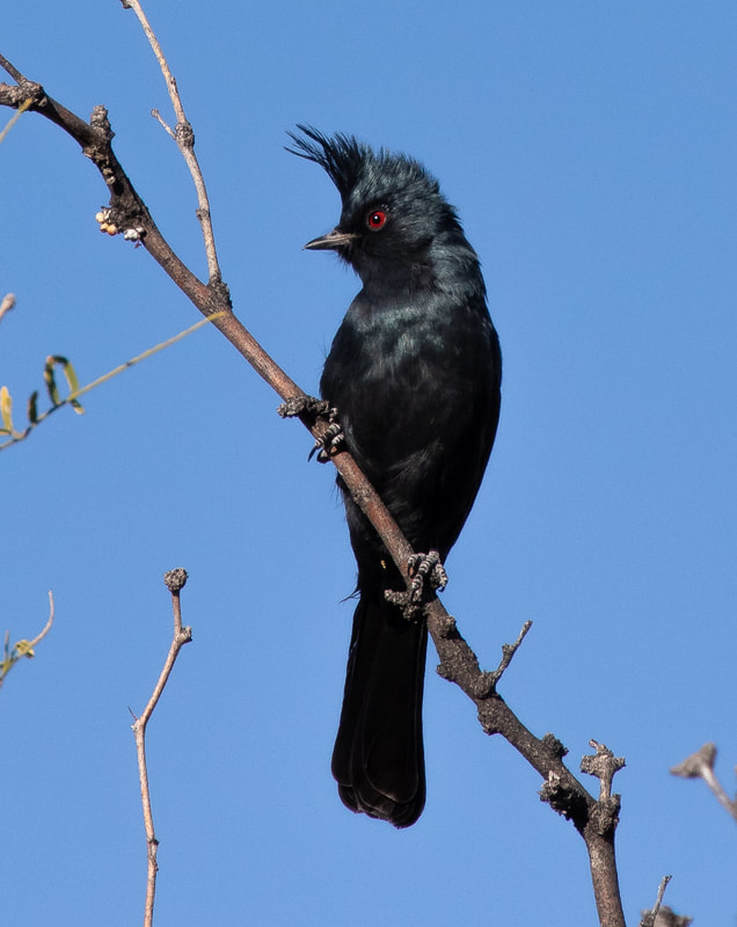
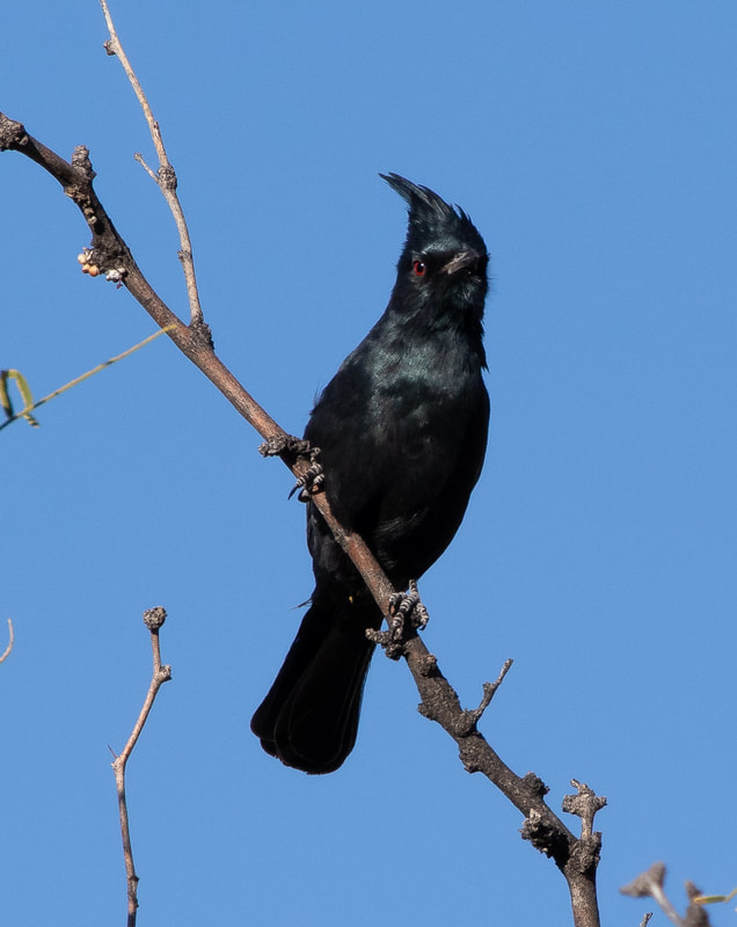
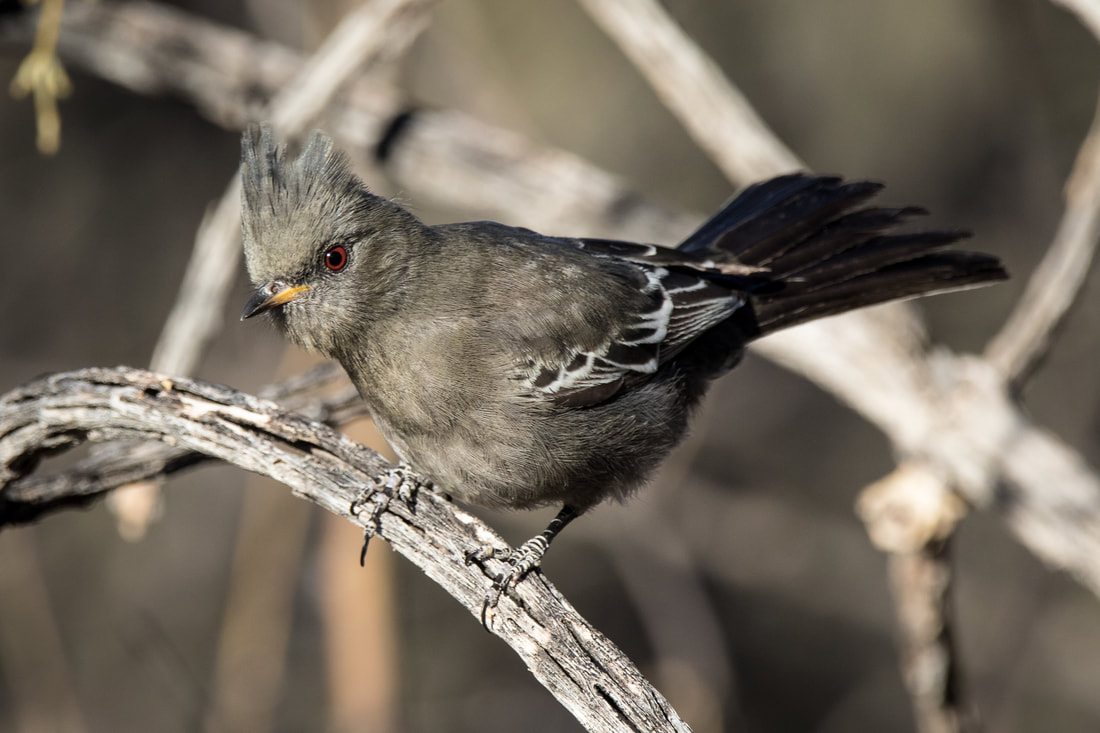
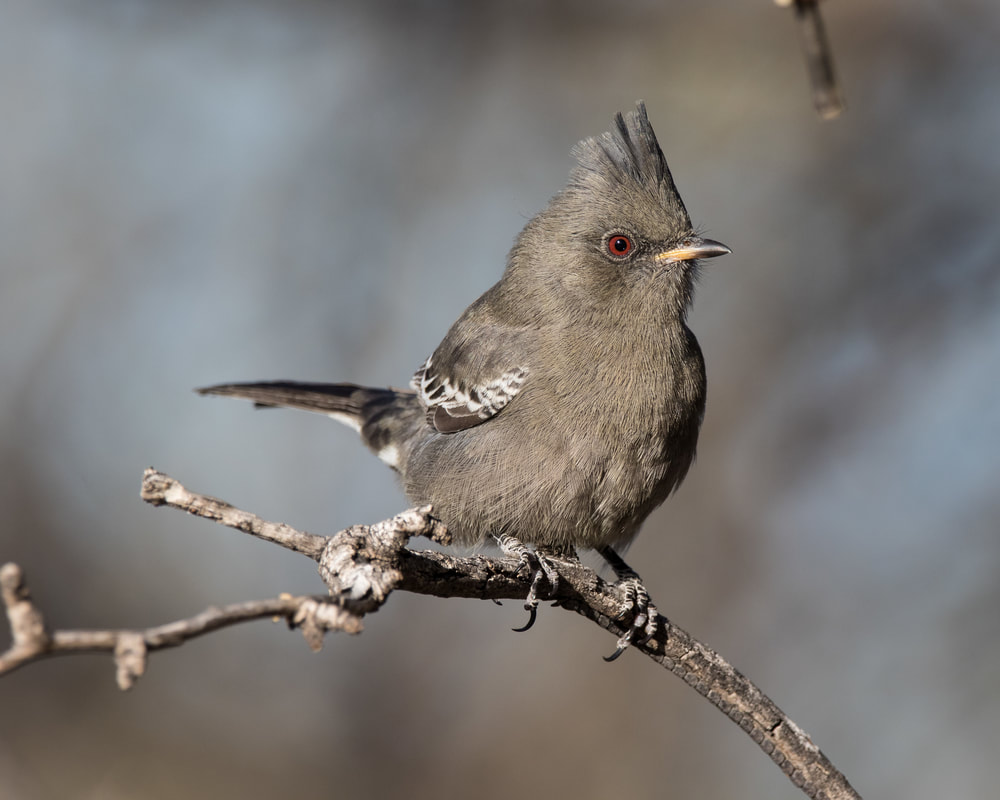
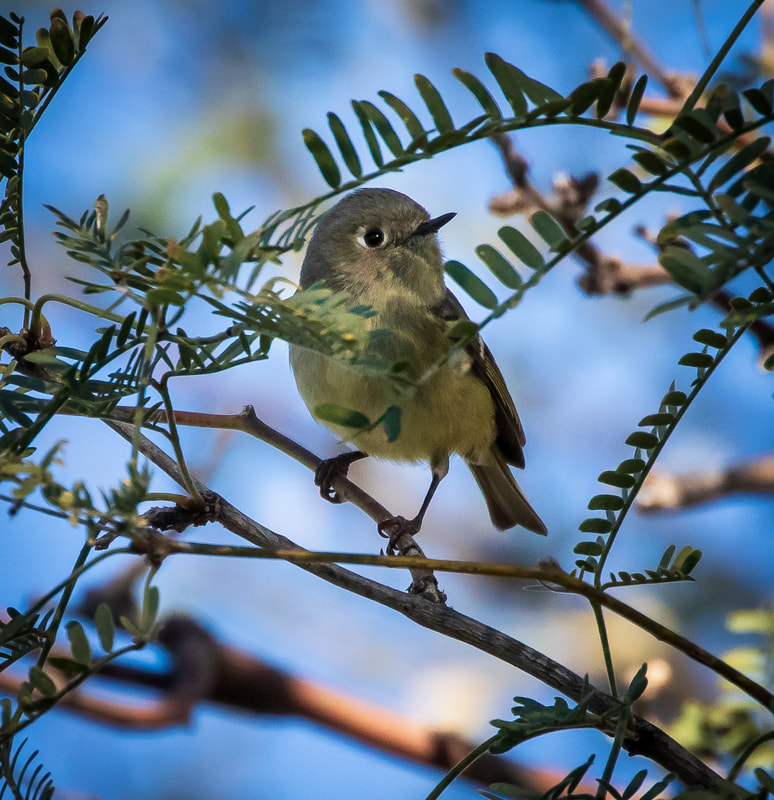
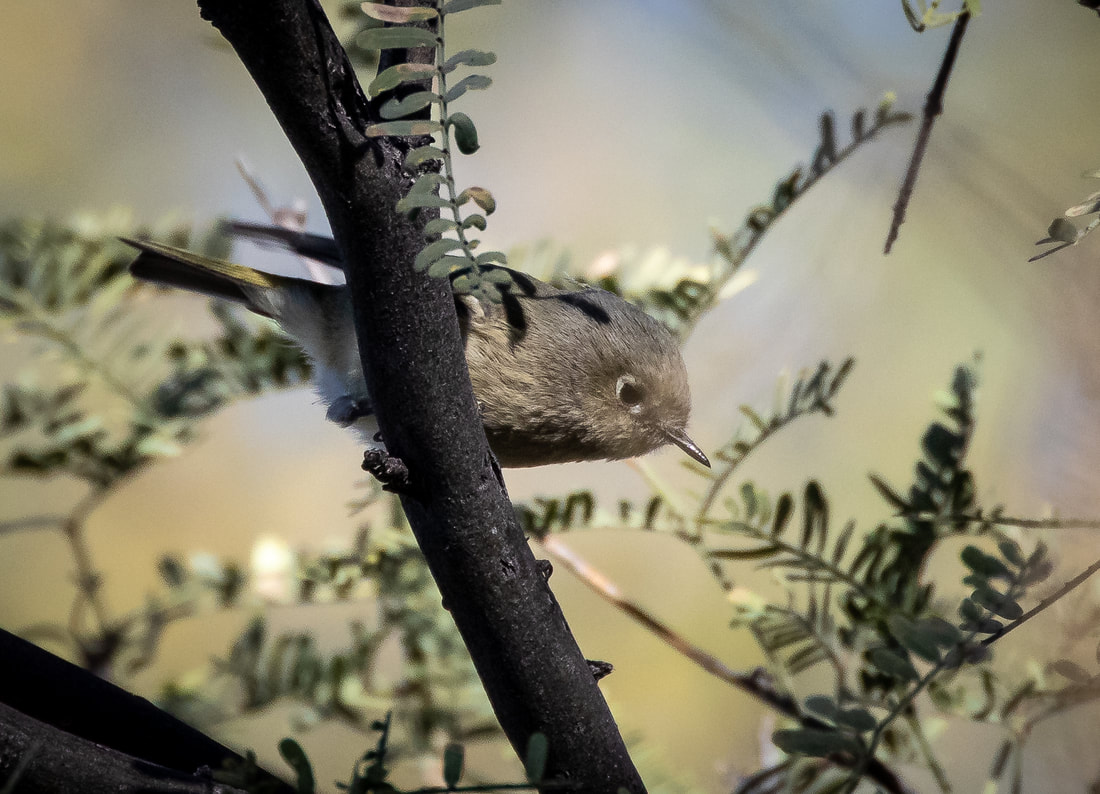
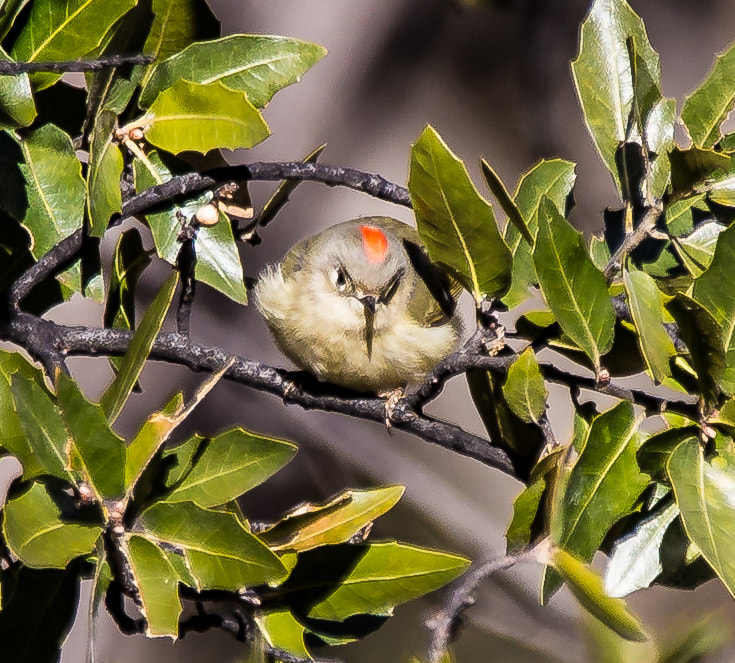
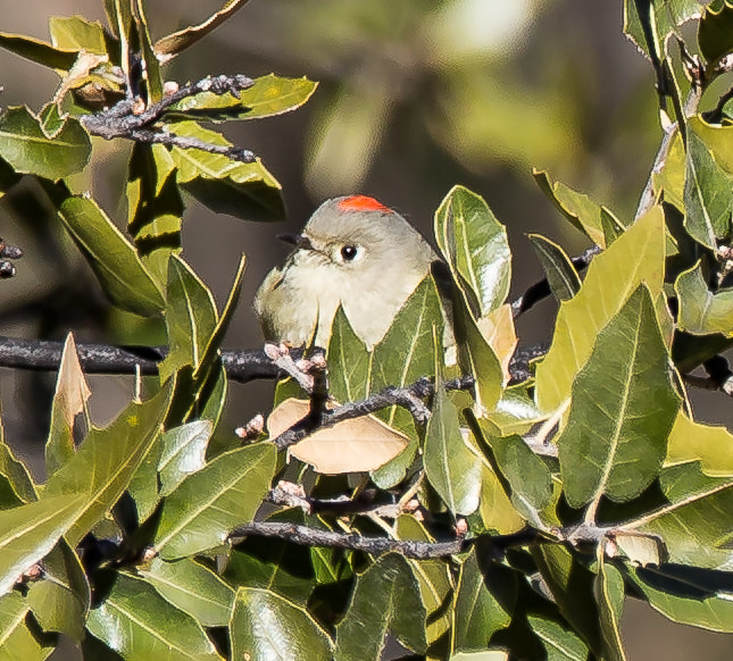
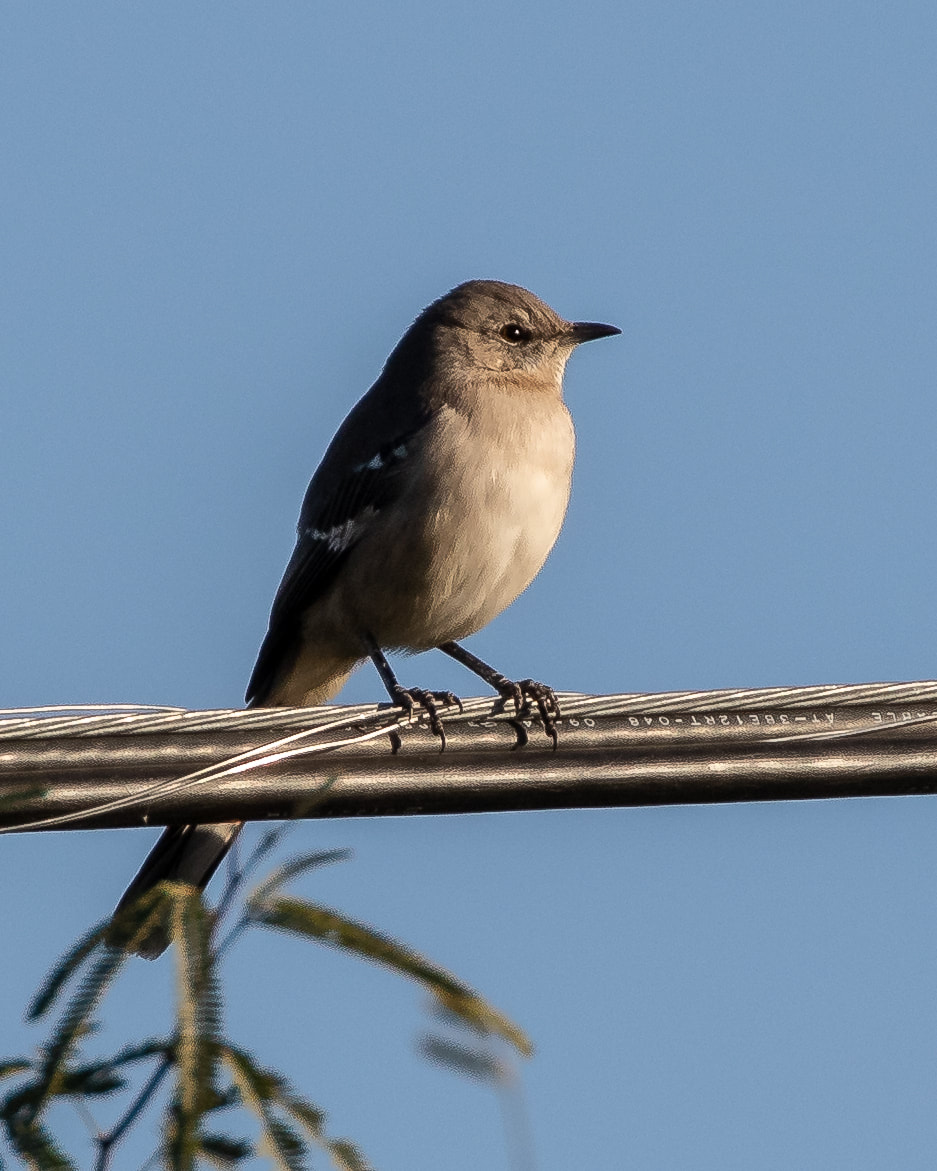
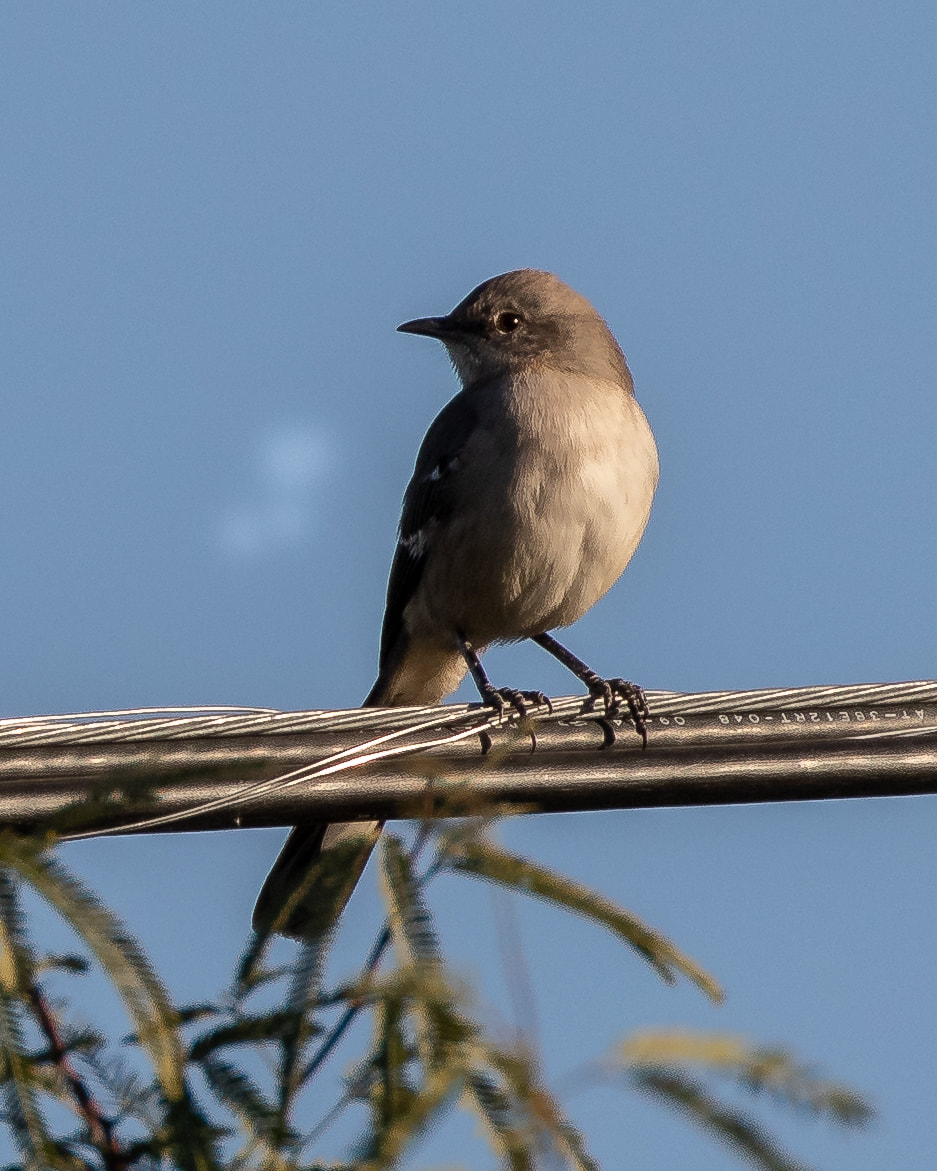
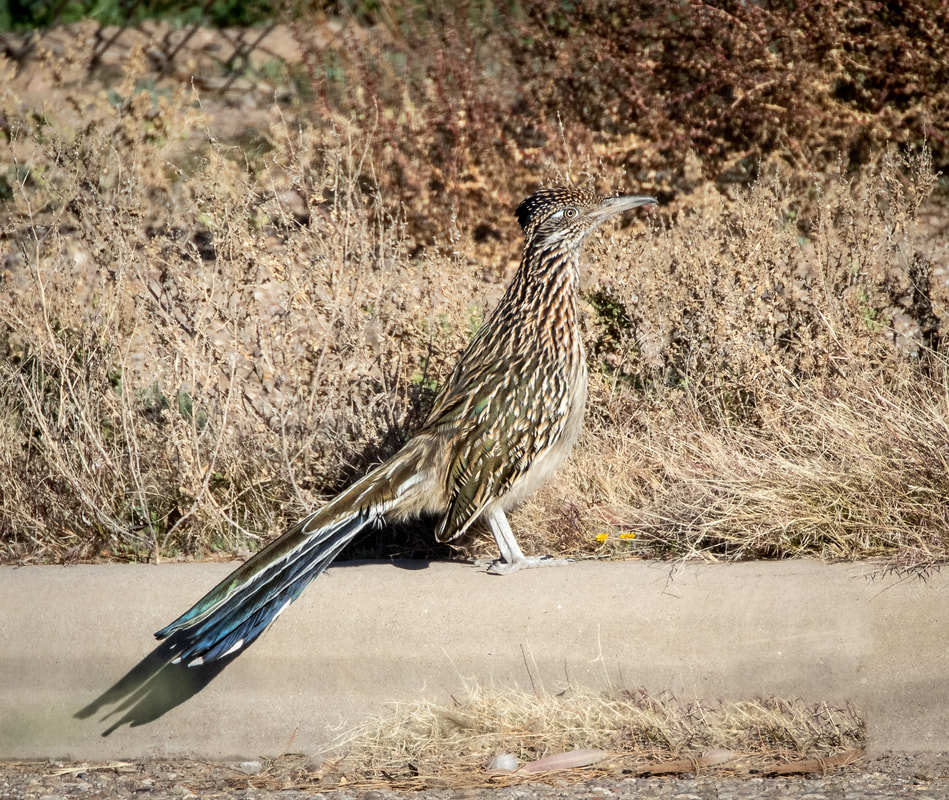
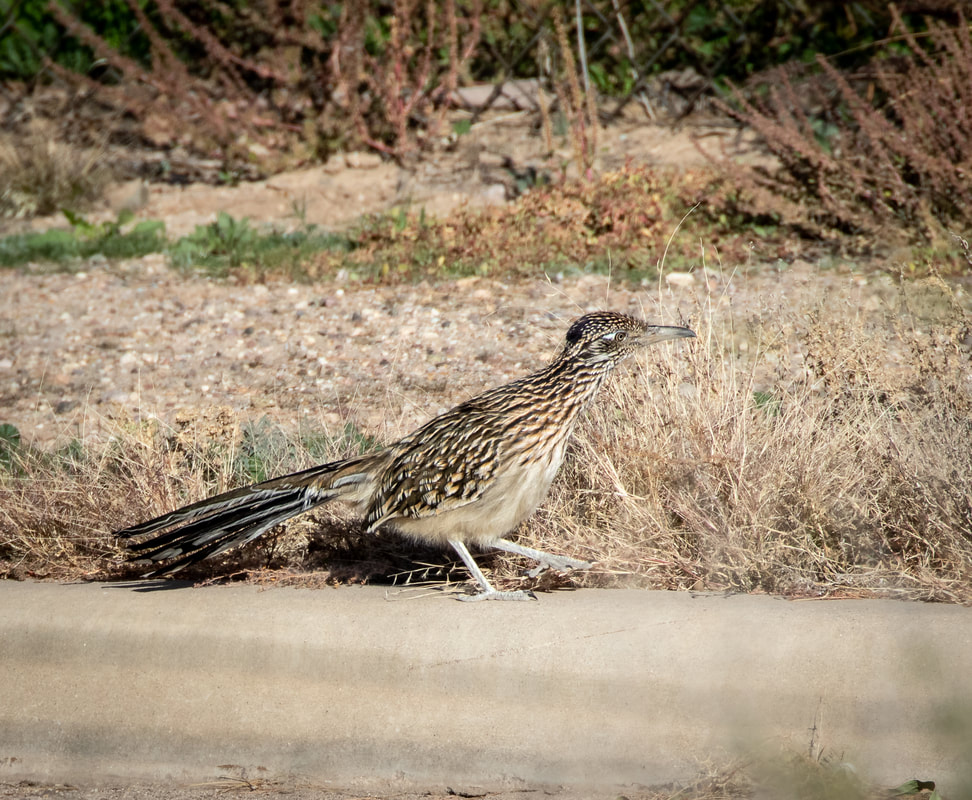
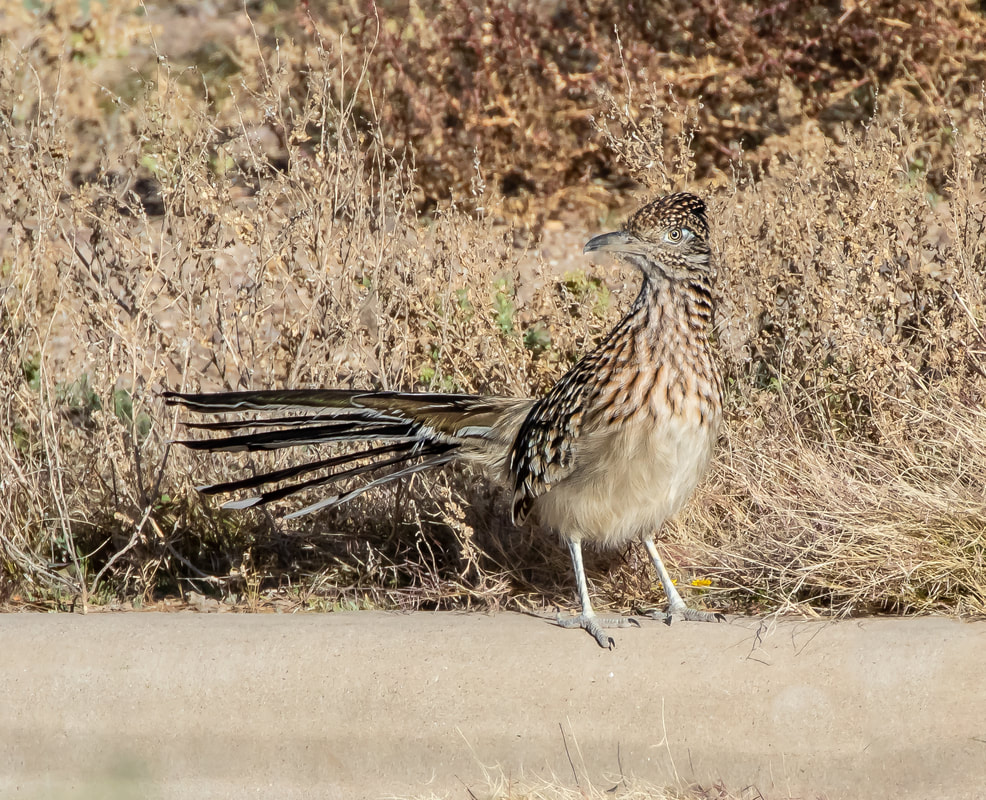
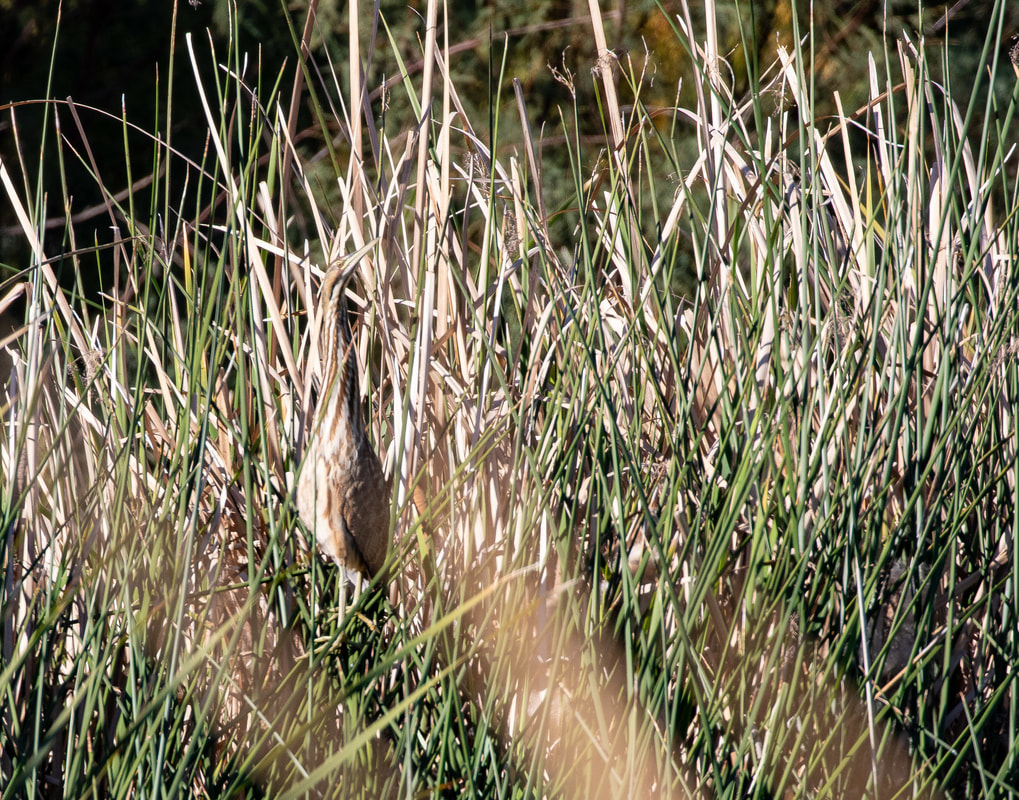
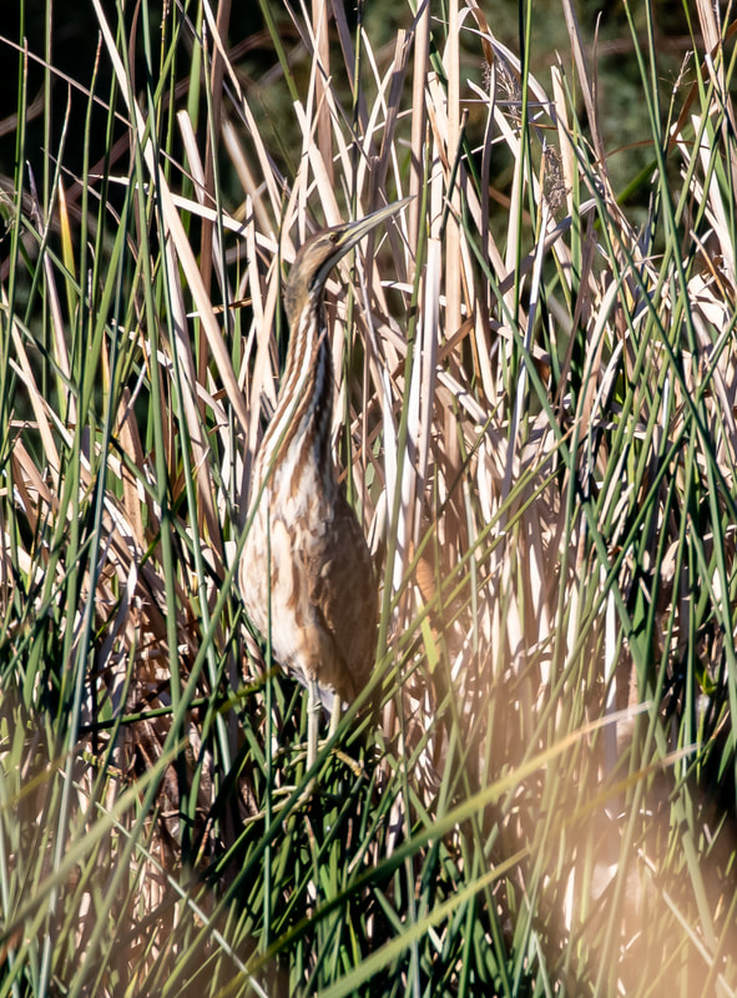
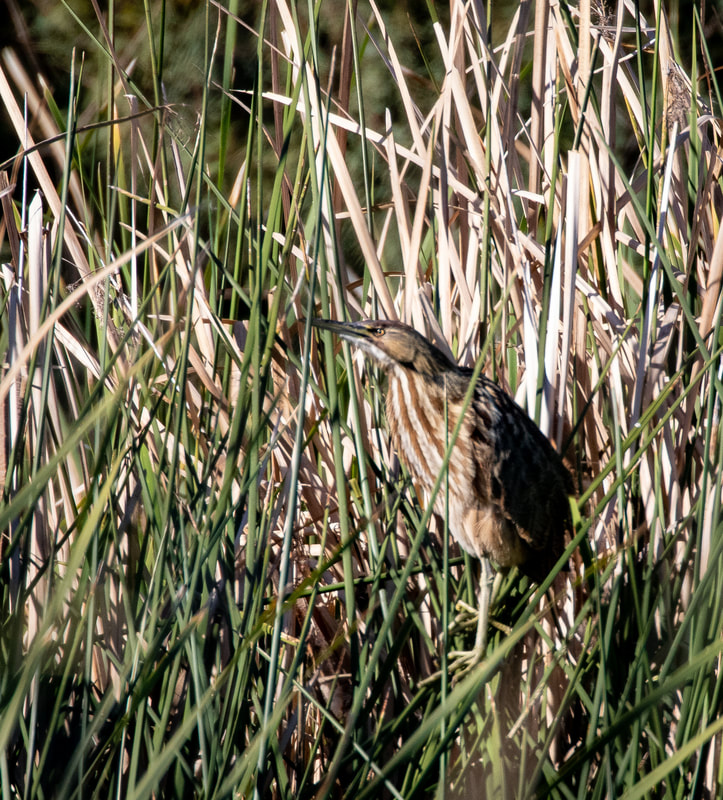
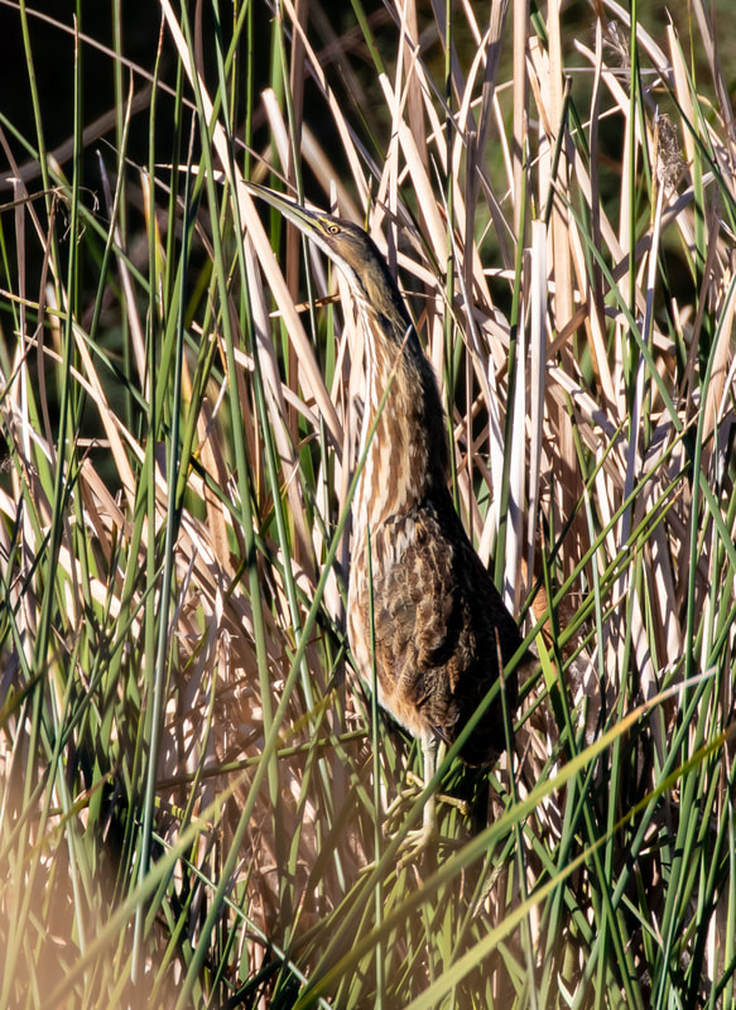
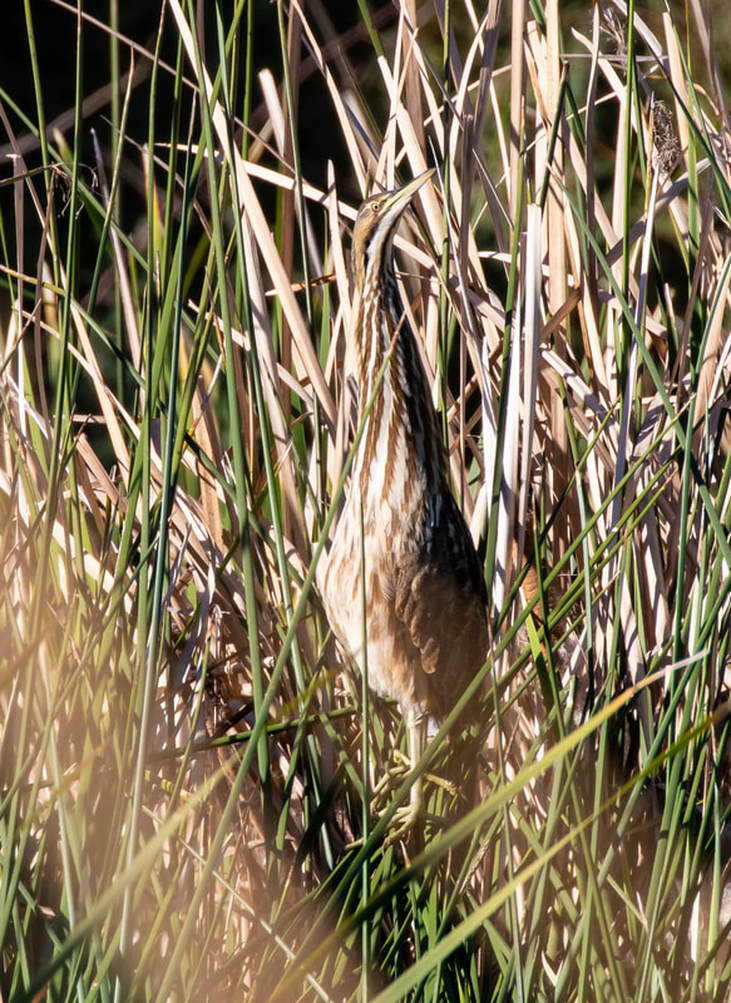
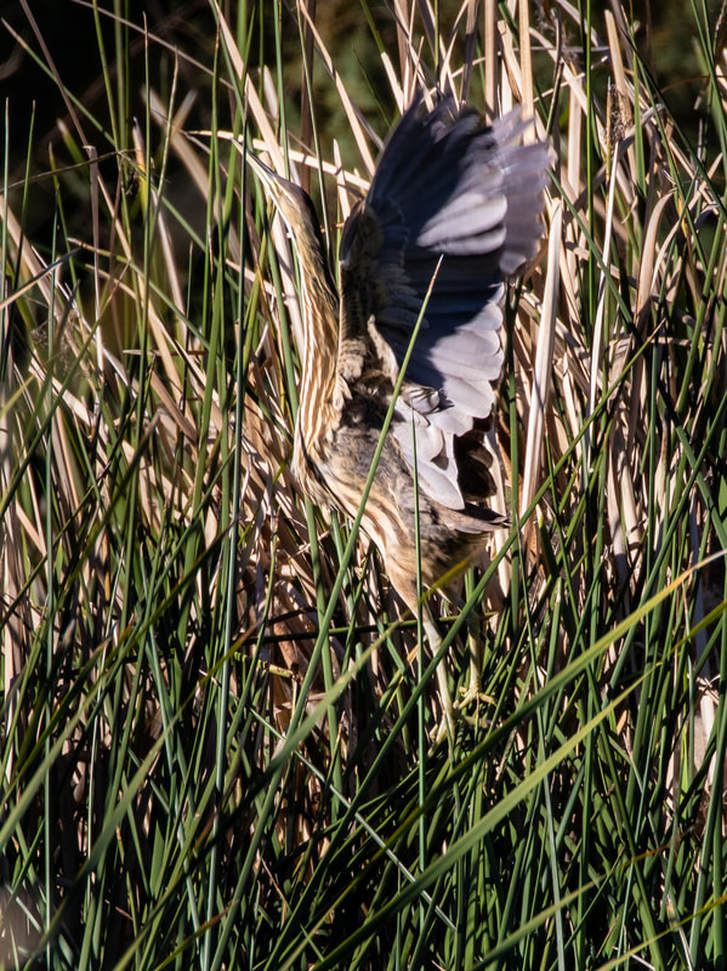
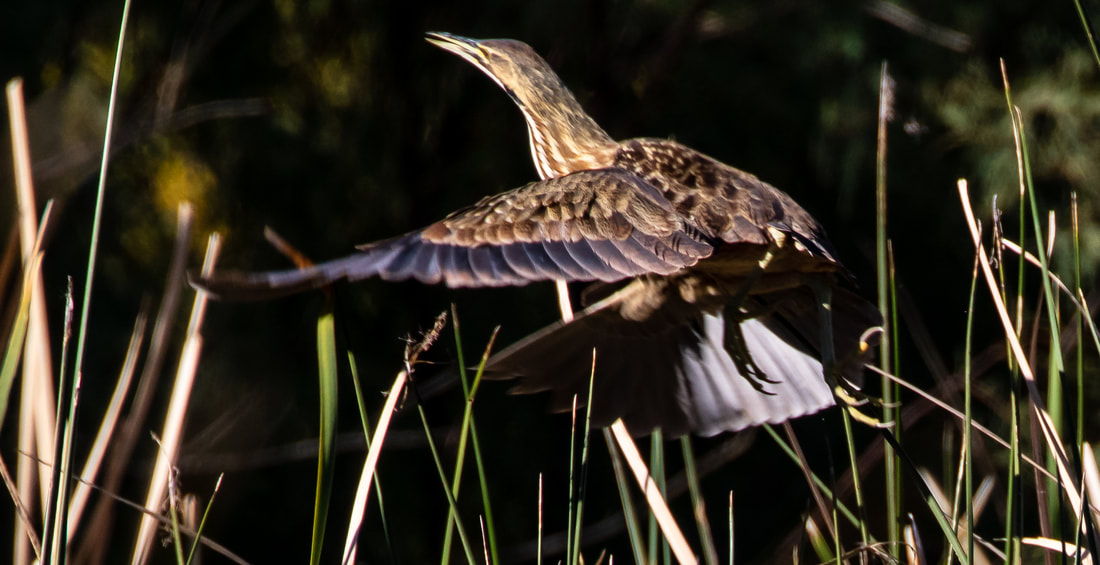
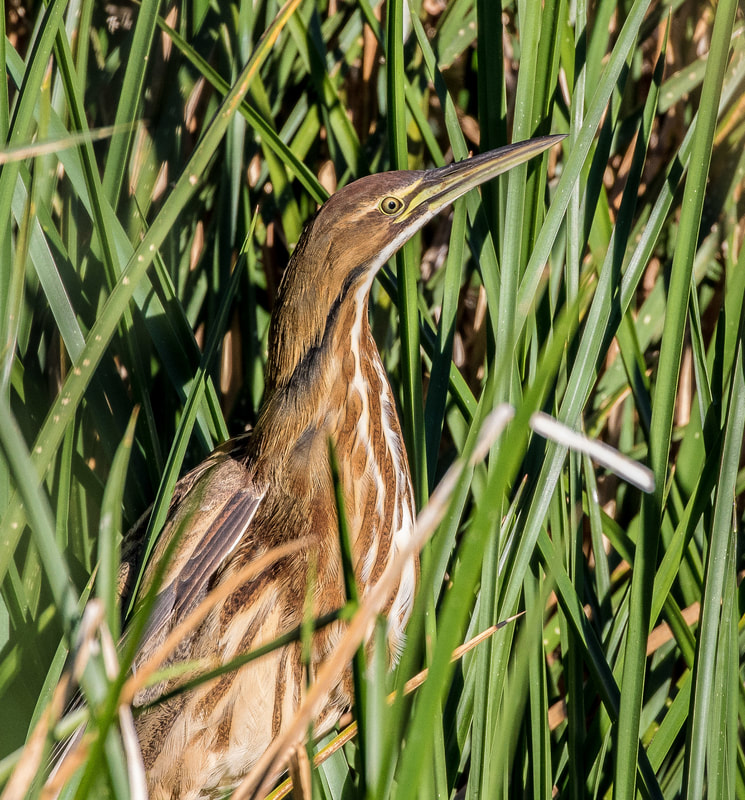
 RSS Feed
RSS Feed